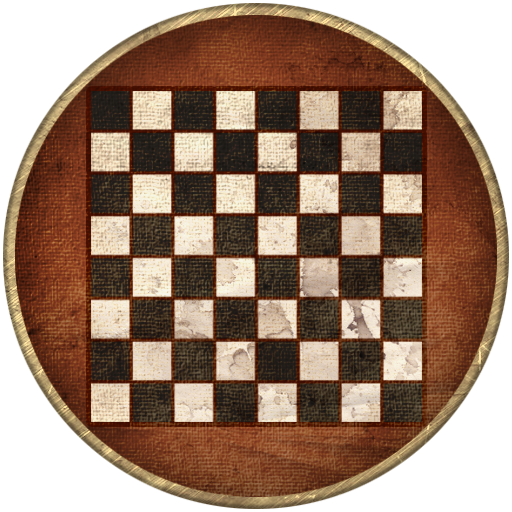
The Almohad Caliphate
الموَحدون [al-Muwaḥḥidūn]
ⵉⵎⵡⴻⵃⵃⴷⴻⵏ [Imweḥḥden]
Background:
The Almohad Caliphate started as a desert rebellion against the ruling Almoravid dynasty of Marrakesh. Founded by the radical cleric Ibn Tumart among the Berber tribes of the High Atlas, they swept down and overcame overwhelming military odds to defeat the Almoravids and lay claim to their empire. Later Almohad rulers expanded to the Moorish territories in Al-Andalus and both south to Songhai and east along Ifriqiya (modern day Tunisia, Algeria and Libya).
Almohad armies were much like their Almoravid predecessors in relying on a core of militant Berber tribesmen and horsemen. Unlike the Almoravids who drew from the nomadic tribes of the Rif and the Sahara, the Almohad core territories were the semi-nomadic farmers of the Masmuda Berber, lending much more to dense infantry formations than the roving swarms of desert cavalry that so effectively harassed Christian armies centuries prior. Alongside their Berber core, Almohad Caliphs learned to also use Andalusian troops, Sahelian Africans, Iberian Christian mercenaries, and urban coastal Arabs to supplement their vast army.
Early Era:
[Name translations in brackets]
General:
'Abid al-Makhzan [lit. Black Servants of the Government]
As the Almohad army grew to use more and more Sahelian African slaves to supplement their armies (from the region that is now Mali and Mauritania), they eventually began to pad out their personal bodyguards with crack squads of Black slave-soldiers. Ibn Tumart dubbed one of these groups the 'Abid al Makhzan, or "The Servants to the Government". One group of soldiers famously fought at the Battle of Las Navas de Tolosa in AD 1212, reportedly chained together to prevent them fleeing.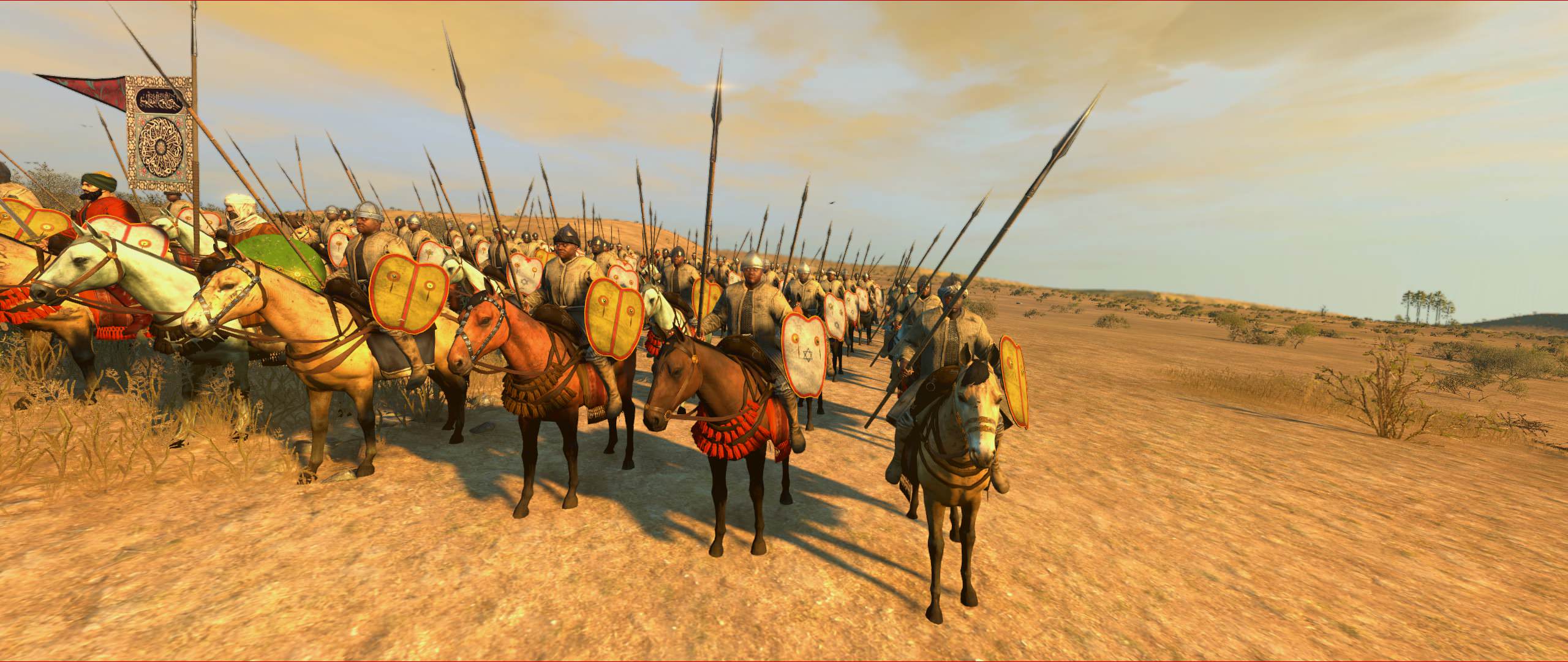
Caliph An-Nāṣir li-dīn Allah Muḥammad ibn al-Manṣūr
Muhammad al-Nasir was the last great Almohad Caliph, leading vast armies in campaigns through Iberia and North Africa, culminating in the disasterous battle at Las Navas de Tolosa in 1212.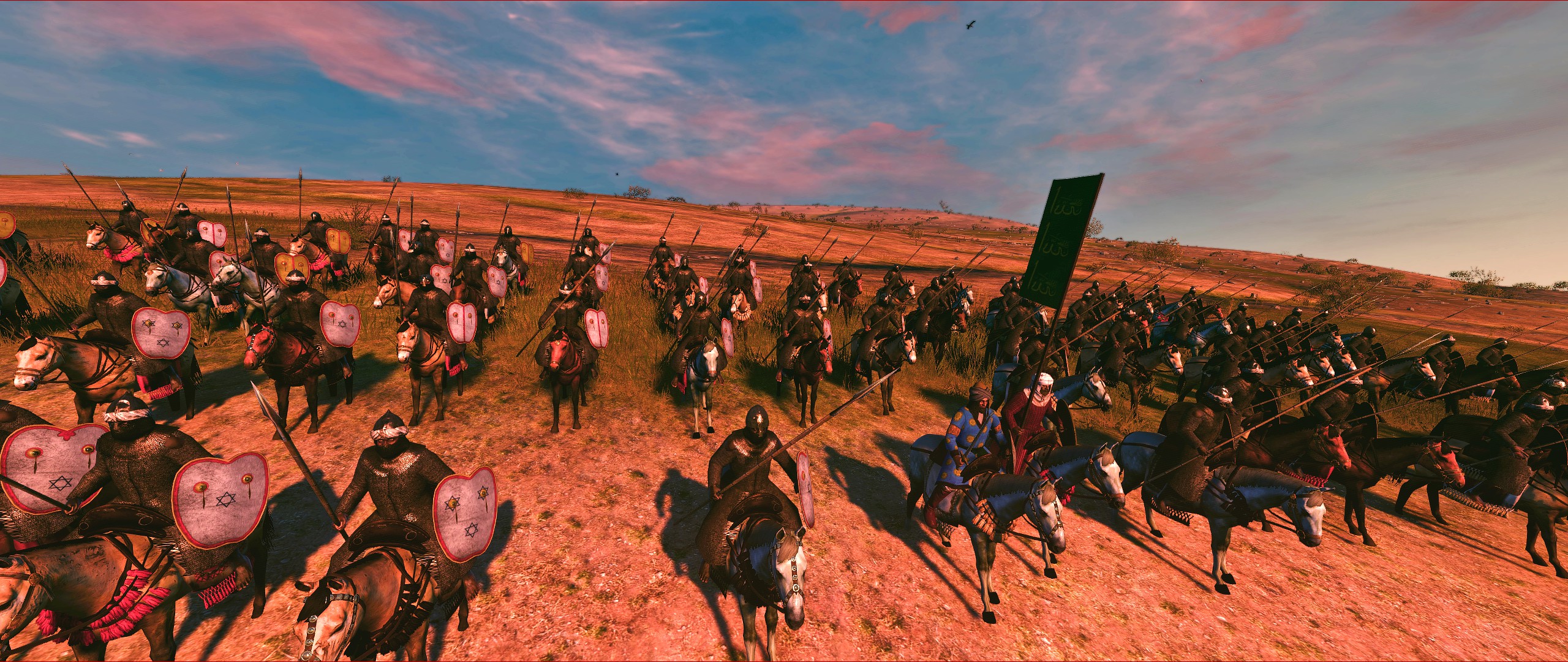
Melee Infantry:
Ghuzat [Ghazi]
The Ghuzat are the west Islamic analog of the Ghazi fanatics well-known in the Near East. They were infamous for their rowdy and villainous behavior, so much so the conditions of one captured city in Morocco upon conquest was that no Ghazi were to be stationed within the city after occupation.
Mushud [conscripts / levies] [Tier 1 - Tier 2]
The Mushud were short-term levies drawn up for individual campaigns, most likely drawn from the Masmuda Berber tribes who lived in the Atlas mountains of Central Morocco. They formed a strong defensive line during battle and aided in the creation of the impenetrable spear-walls the Almohads became famous for.
Mutatawi’ah [lit. volunteers]
Religious volunteers, the Mutatawi'ah rose out of devotion for the cause of Jihad against infidels.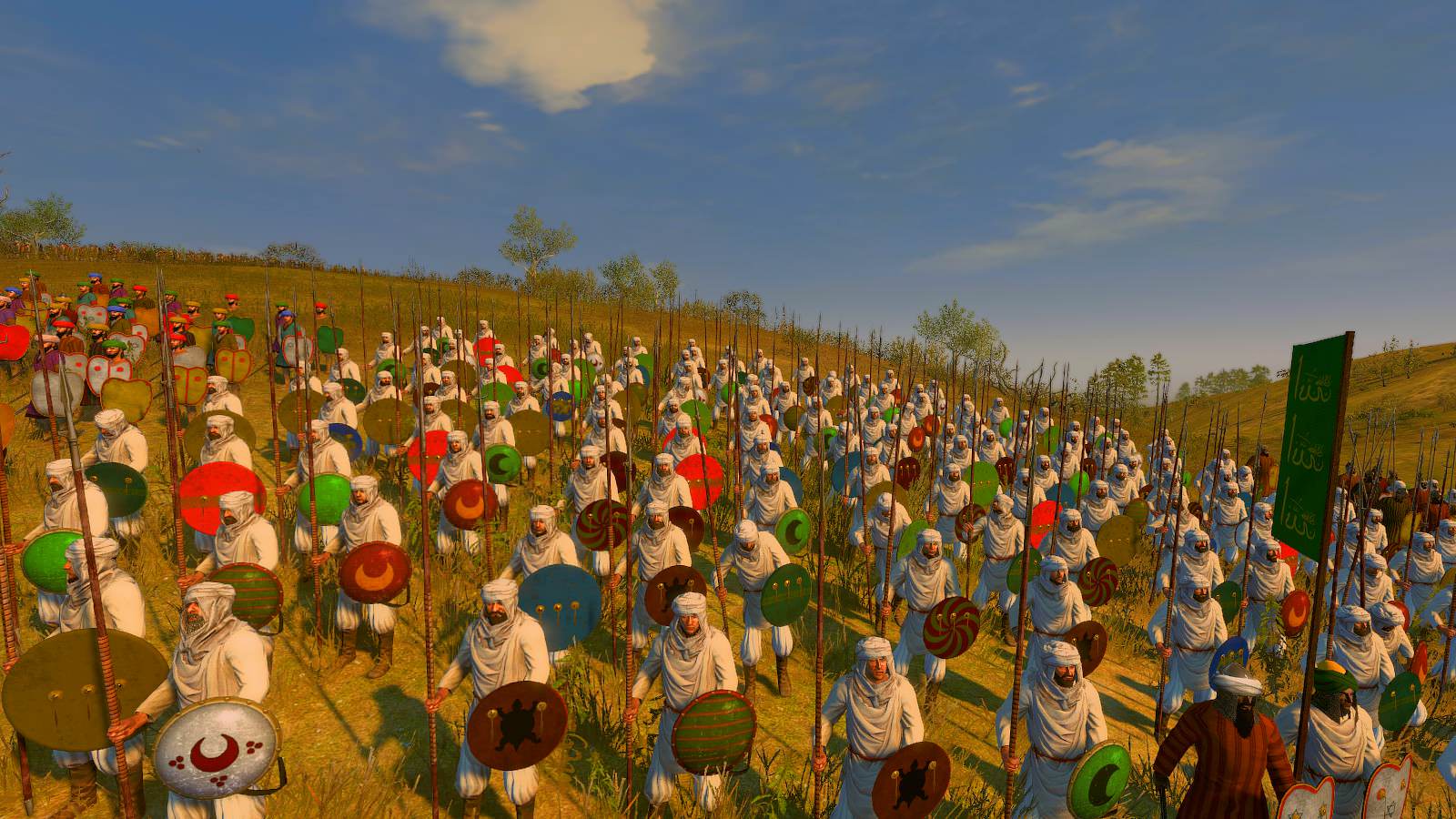
‘Abid Infantry [All Tiers]
'Abid refers in this period, to black slave-soldiers, drawn up from the semi-sedentary tribes of the interior. They were poorly equipped and yet, intensely loyal. Some would graduate to the ranks of elite bodyguards for powerful leaders but most fought and died as press-ganged troops whipped up in massive numbers simply to bloat the size of the army.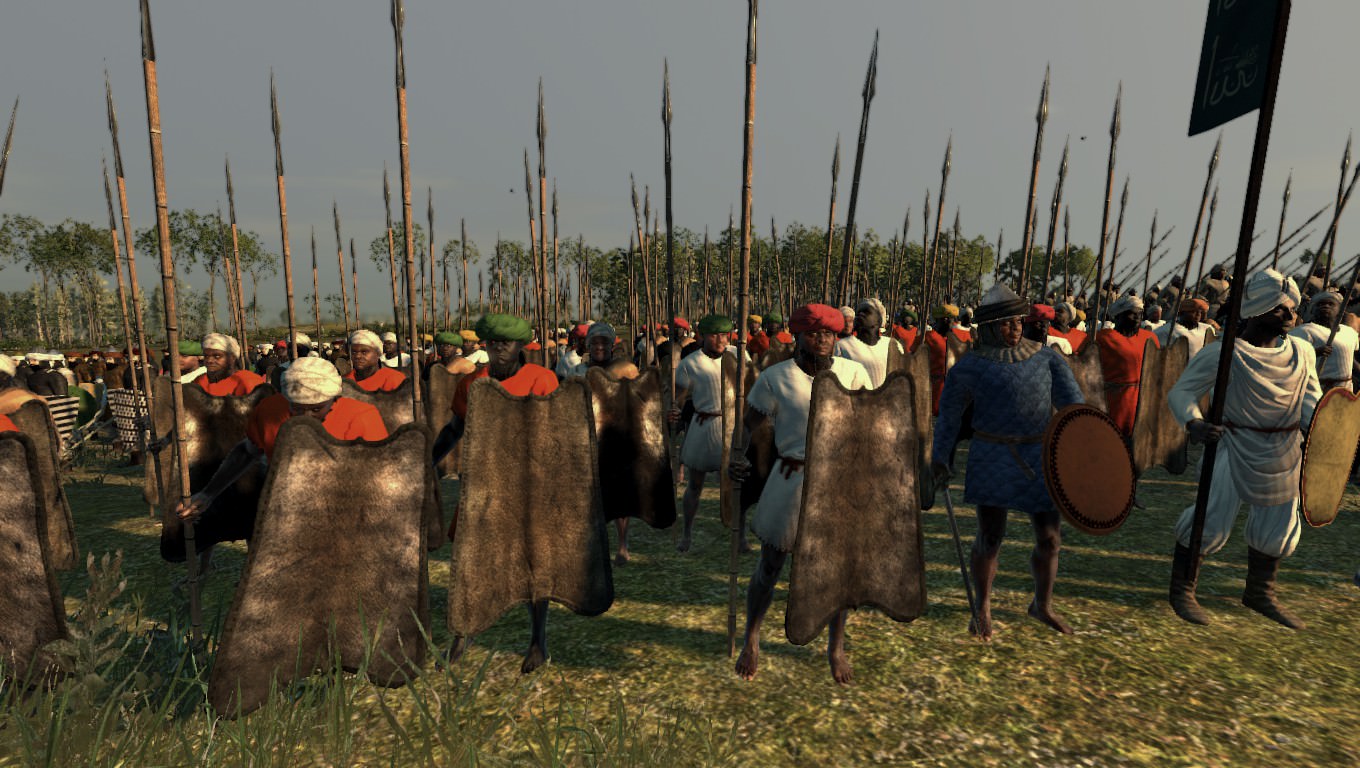
Mozarab Jund [Army of Andalusian Christians]
The mozarabs, or the Christian inhabitants of Islamic Andalusia had gradually become more and more culturally distinct from their pre-Islamic ancestors, to the point where they oftentimes appeared to be more similar to their Berber and Arab rulers than the native Iberian kingdoms to the north. 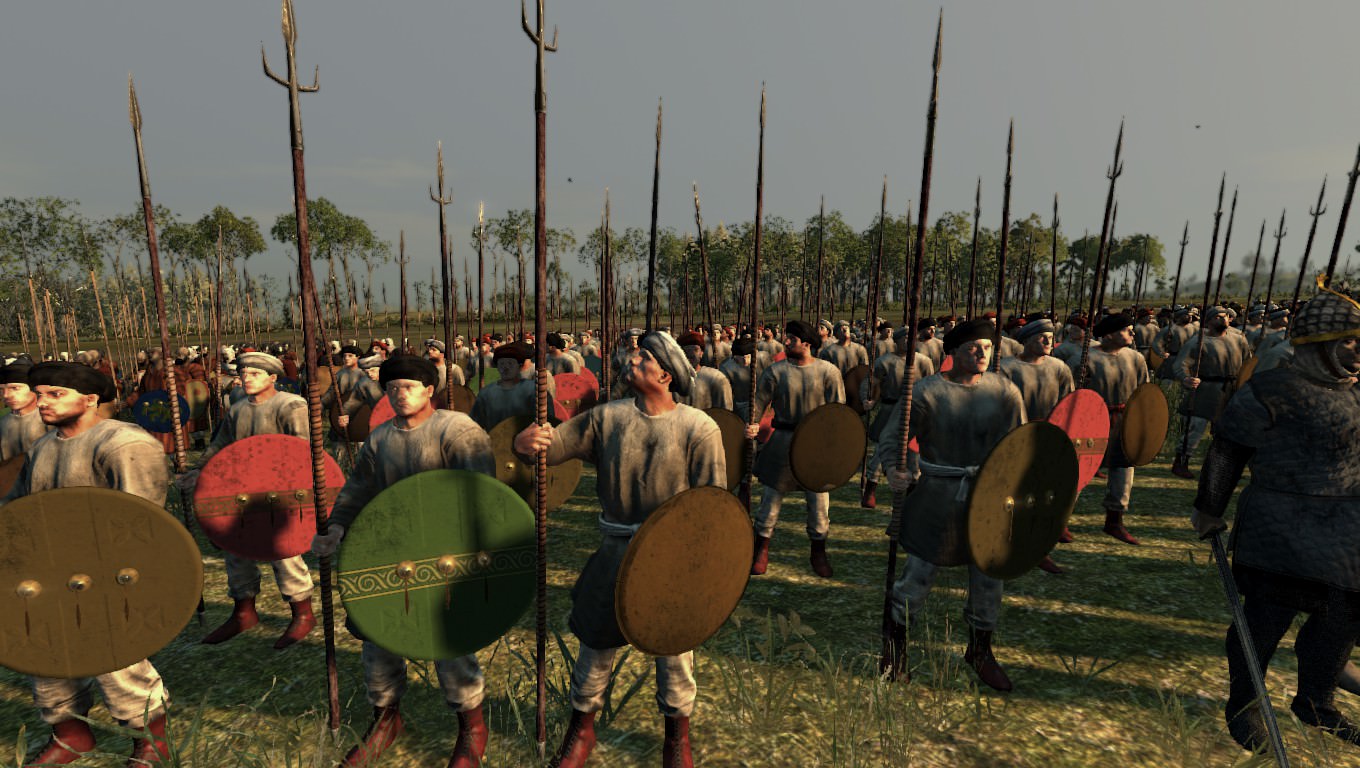
Maghrebi Tribesmen[Tier 1 - Tier 2]
The tribes of the Maghreb were of varying ethnicity and nearly as many lifestyles. Tribes such as the Masmuda, Sanhaja, Masuka and Zenata Berbers provided a ample base of ready manpower for the campaigns into Iberia.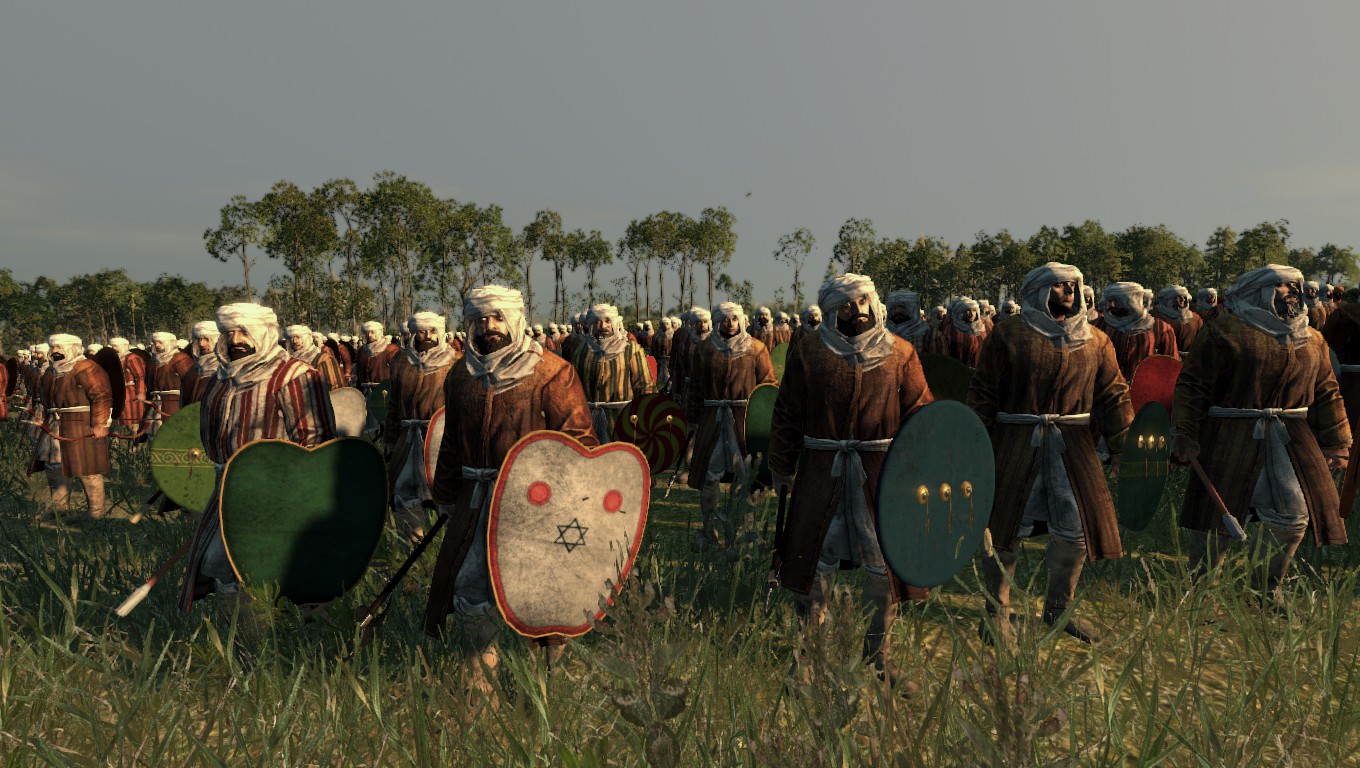
Huffaz [lit. those who study the Quran]
Part of the reformed system of Islamic law and government instituted under the first Almohad Caliphs, the Huffaz were young students of the Quran, schooled much like the Mamluks of Egypt and Iraq in both military and scholarly arts.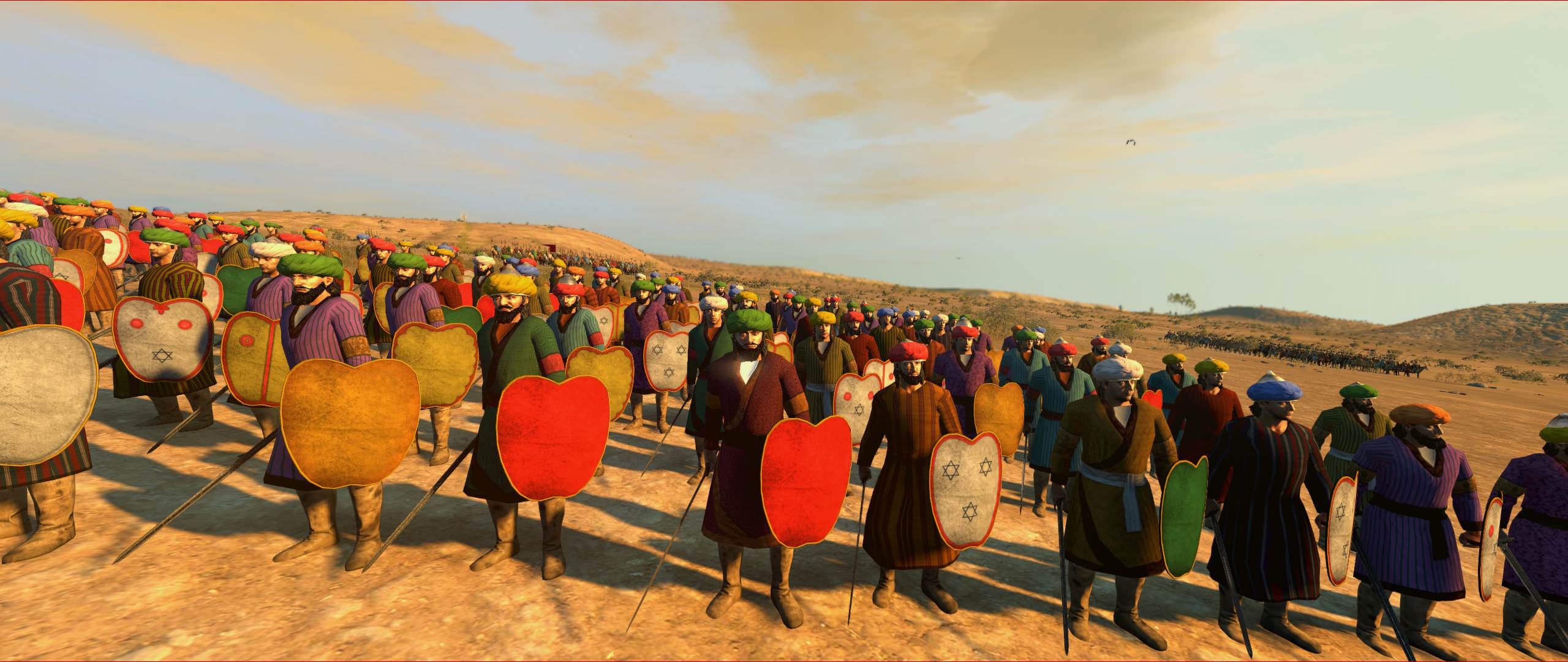
Andalusian Mushud:
Andalusian emirs disliked the foreign Berber warlords that regularly moved through their territories. One particular point of contention was these rulers requiring that the local emirs raise conscripts for their holy wars against the Christians. Sometimes, they grudgingly obliged. Other times, they did not.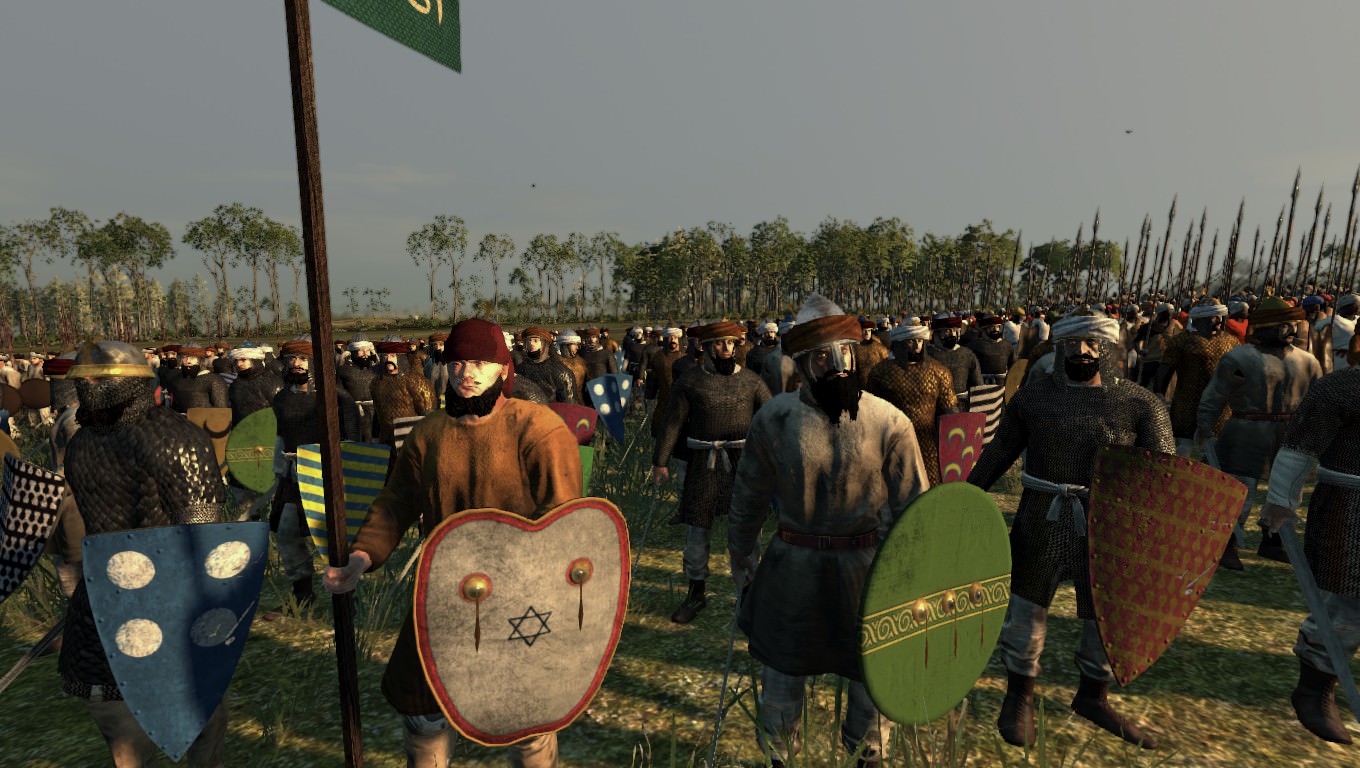
Muwalladun Jund:
The muwalladun were a significant element of Andalusian society. Formed from the mixture of berbers, arabs, and native Iberians, they were thoroughly islamized and formed a important population base for Andalusian kingdoms to draw soldiers from.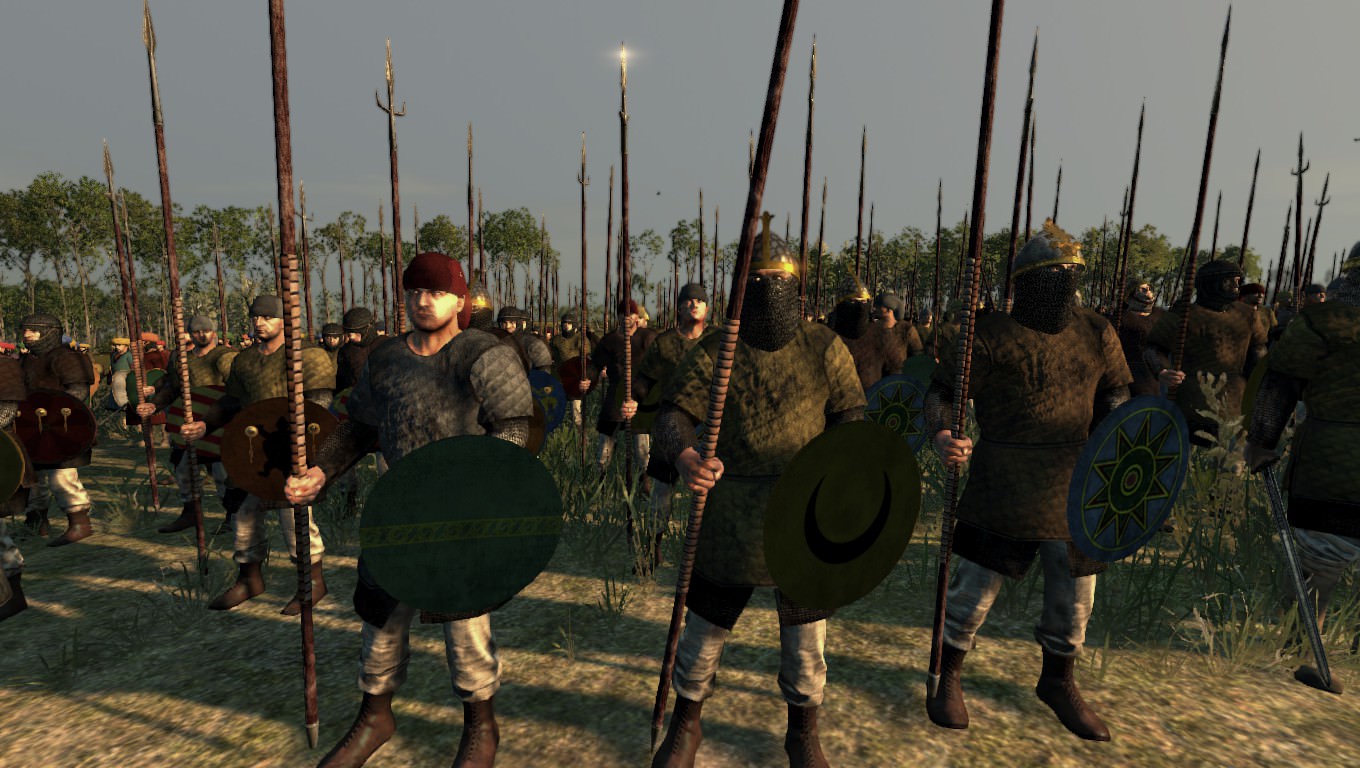
Ranged Infantry:
Andalusian Crossbowmen
Andalusians quickly grew to love the frankish bow, as it was known in some arabic sources. Unlike the Berbers who disdained the weapon, they became skilled with it, both on foot and on horse.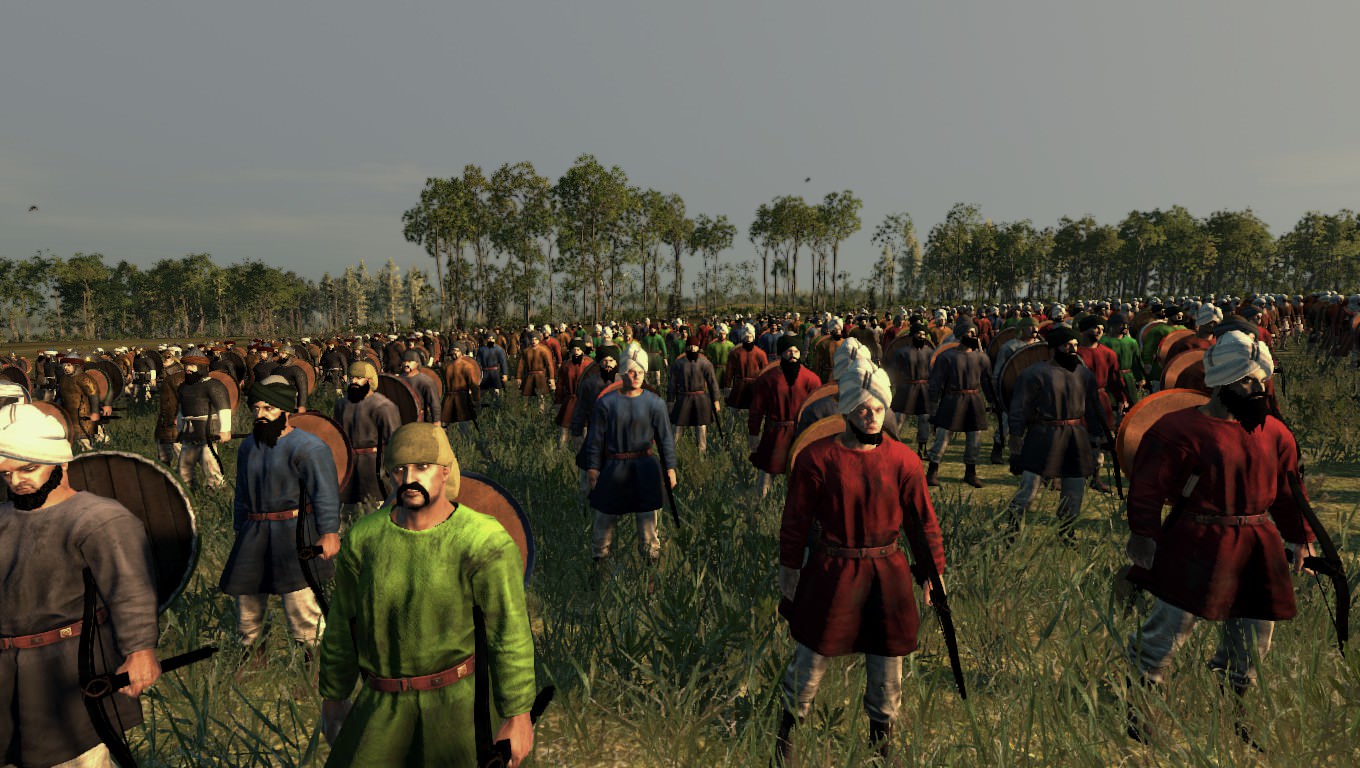
Andalusian Heavy Crossbowmen:
Well-armored foot crossbowmen with scale and helmets appear in many images depicting sieges in Al-Andalus. 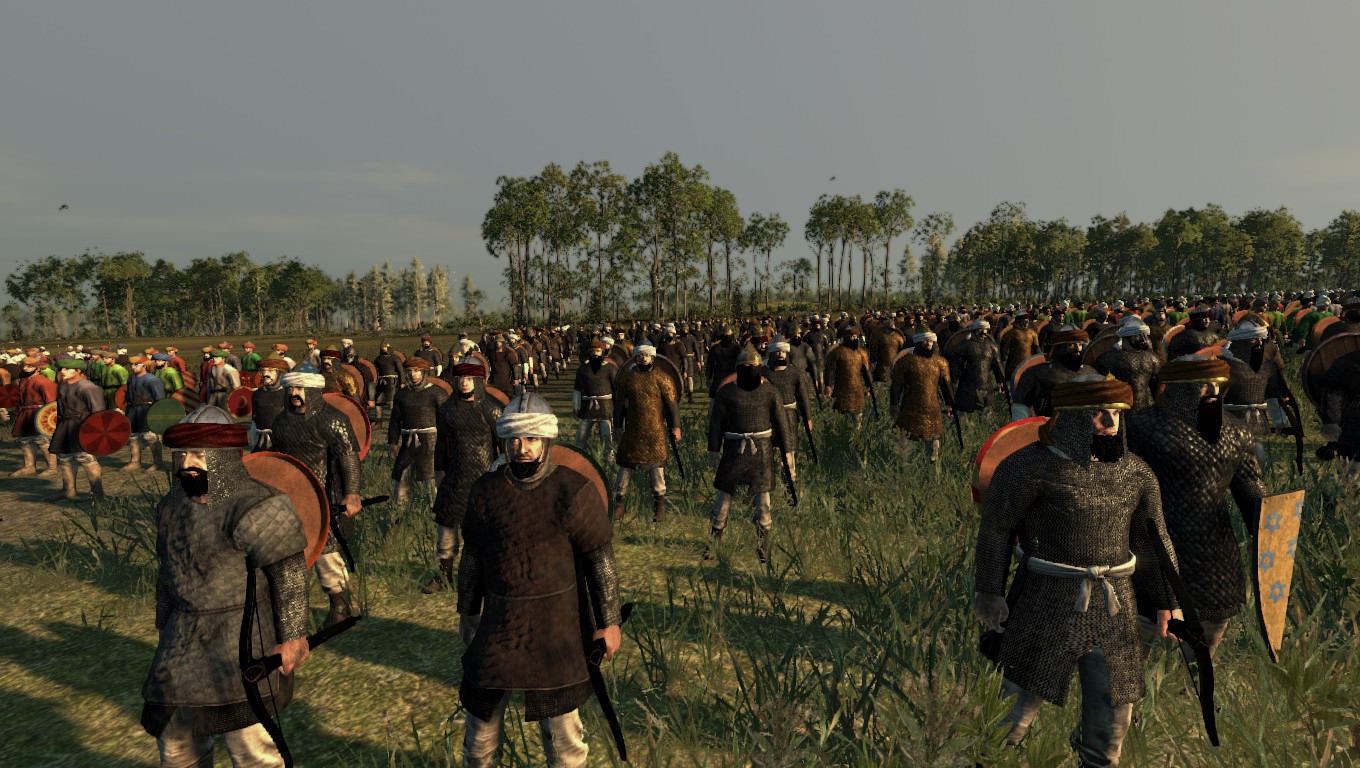
‘Abid Skirmishers [All Tiers]
Archaic ranged weapons still served a place in the rural and conservative Maghreb, even more so in the kingdoms south of them. Sahelian African javelinmen formed a cheap and reliable component of the large armies Almohad Caliphs would squeeze out of the black communities to the south.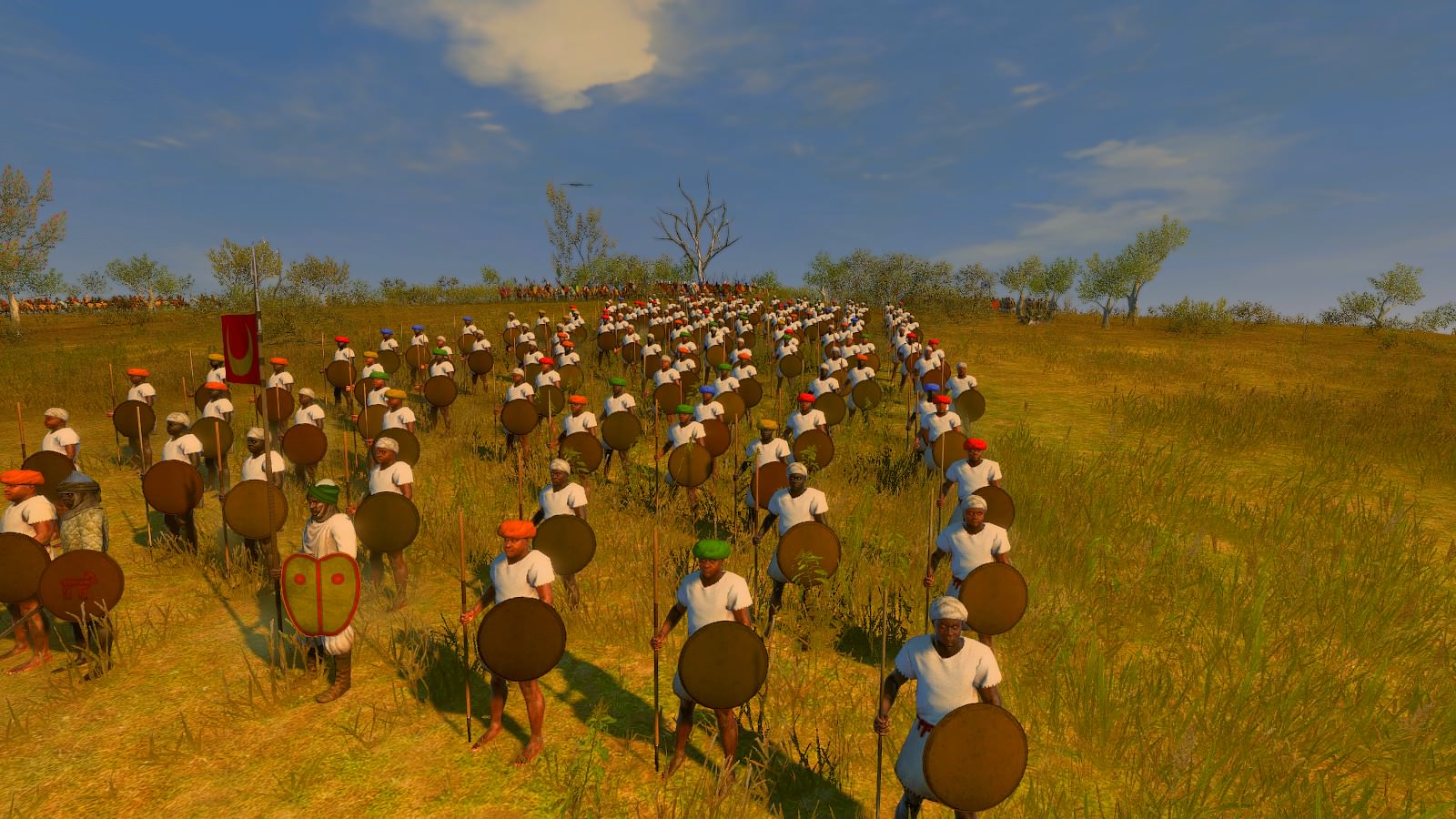
Maghrebi Rumat [Maghrebi Archers] [All Tiers]
Berbers did not embrace ranged weapons as much as other Islamic peoples did, but they were able to use bows when the occasion required it.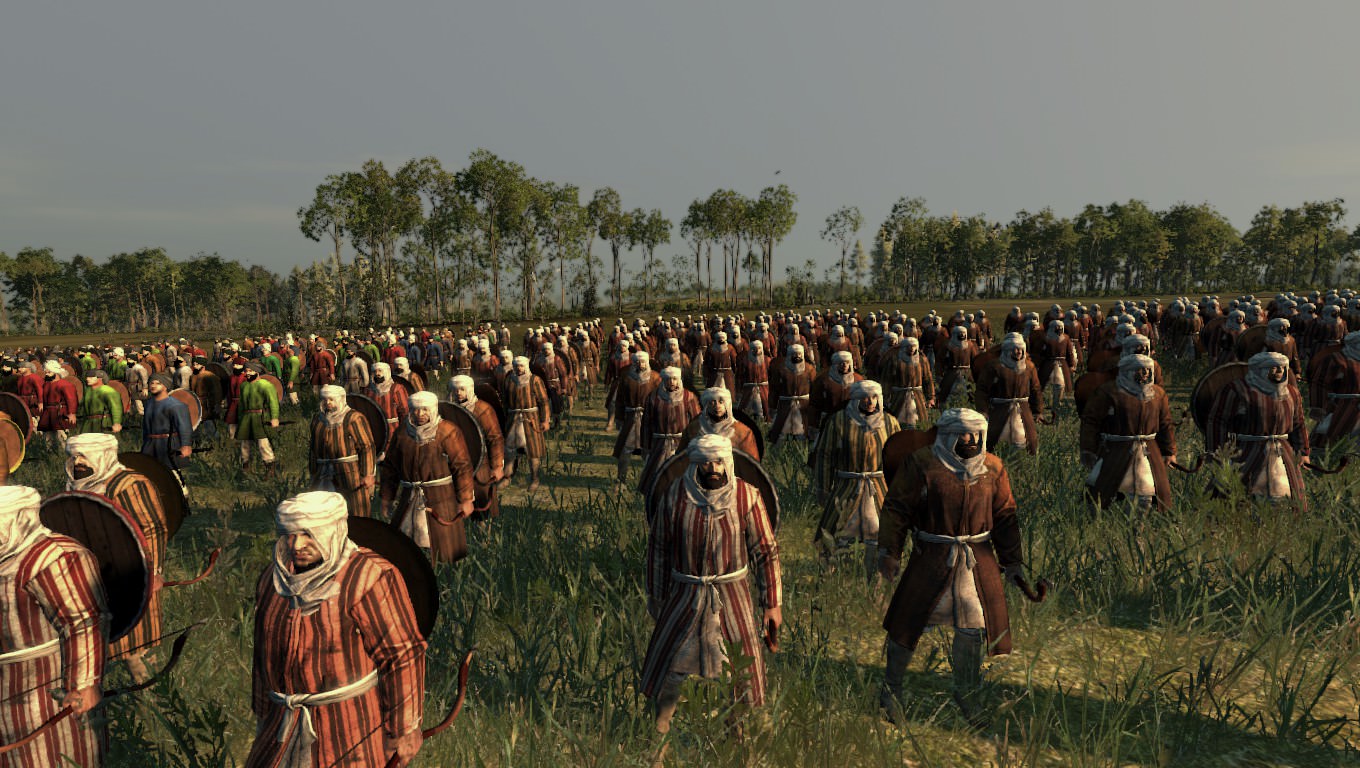
Granadine Slingers The Sling remained popular in the Maghreb long after it had fallen by the wayside in other kingdoms. Its use by native Berber peoples was transmitted into Al-Andalus where it remained in use as a effective weapon well into the 1400s.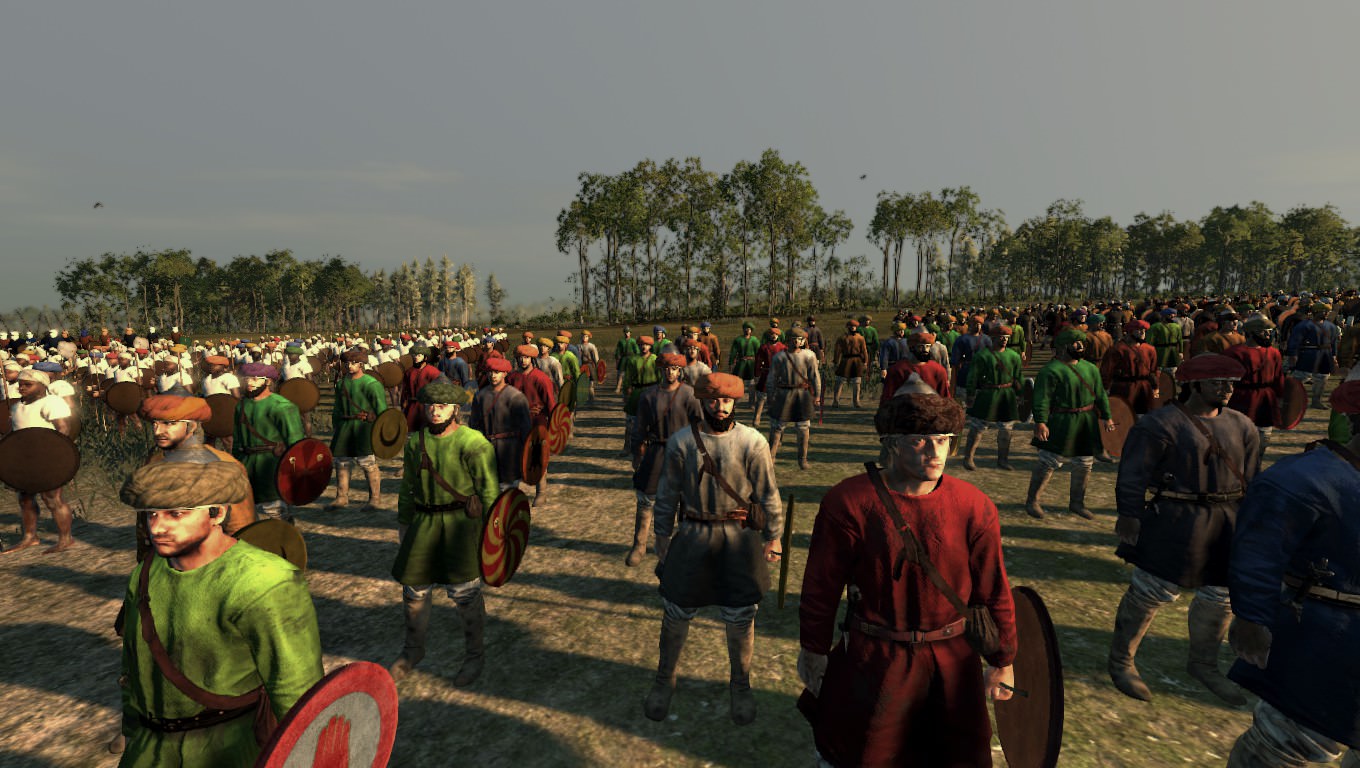
Melee Cavalry:
Jund al-Nasara [lit. Army of Christians]
Christian knights found their services just as useful to Islamic rulers as certain Berber and Andalusian contingents found the same to be true about Christian kings. The term Farfanes was used to describe these men who were willing to trade sides in the holy wars that regularly ravaged the region.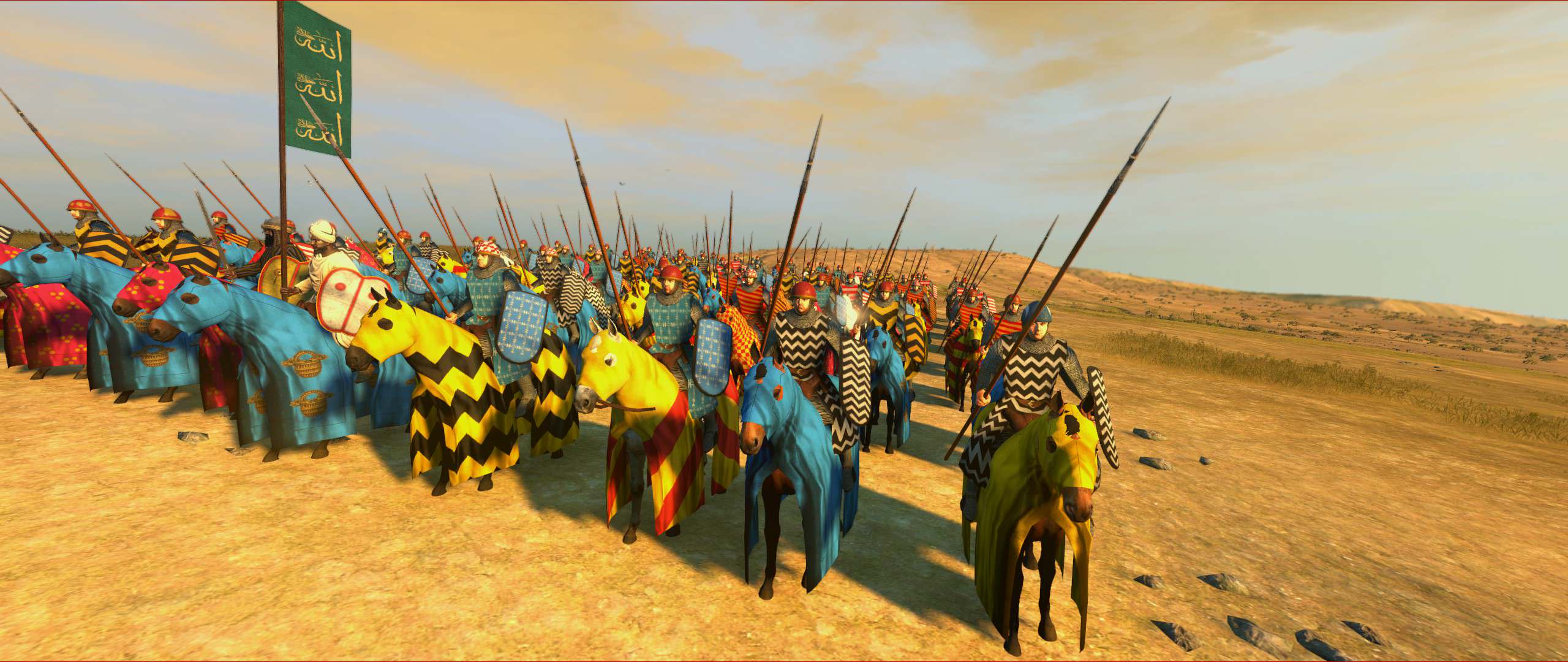
Granadine Cavalry
Light Granadine cavalry militias appear in Spanish frescos, wearing a interesting blend of Islamic and Iberian dress and wielding short swords. Most wore short tunics and mail with small round shields. Round shields survived in Andalusia, following a trend for Islamic armies to retain round shield shapes after their European opponents had adopted newer shield designs.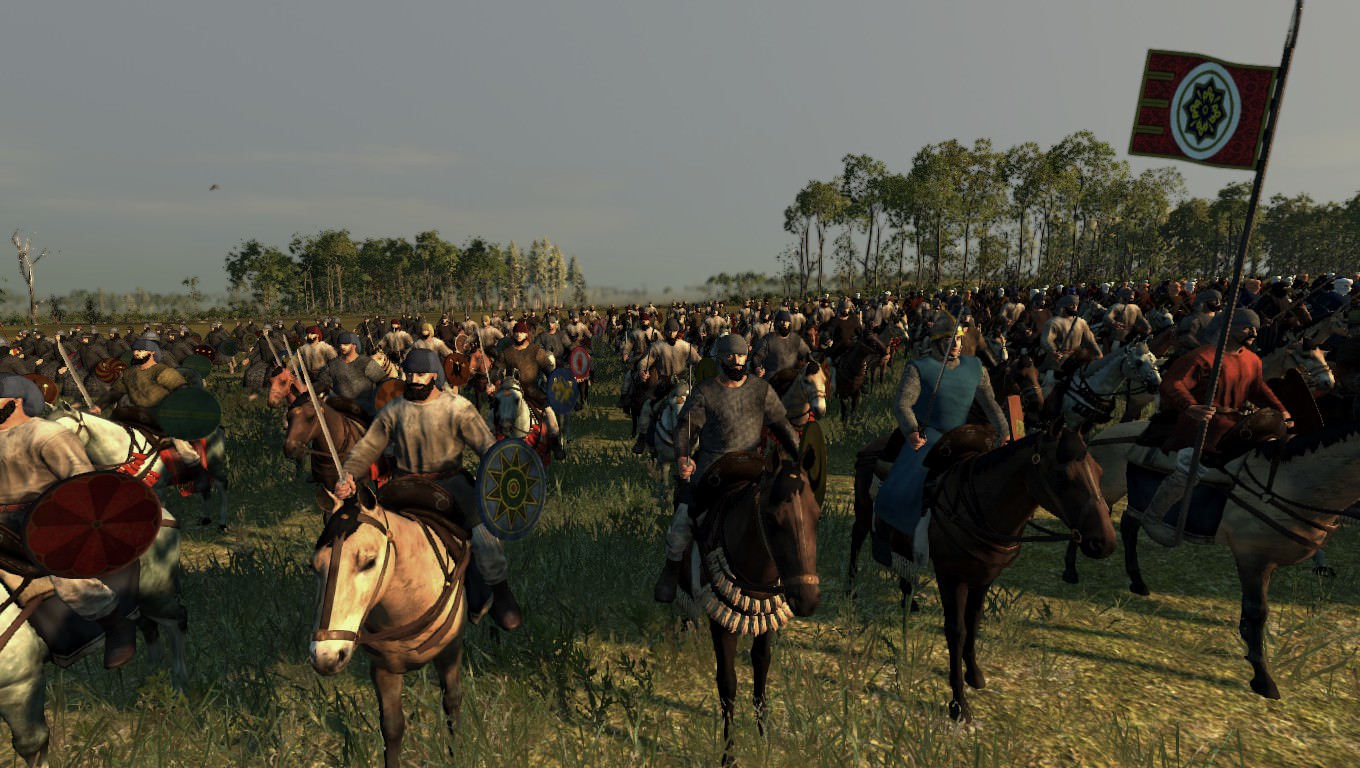
Granadine Knights
One unique element of the syncretic military system of Al-Andalus was heavily armored Islamic knights, bearing heraldric designs and fighting with couched lances, a oddity in the entire Islamic world. Some even wore greathelms and surcoats, being indistinguishable from their European opponents except for the Islamic designs on their shields and turbans wrapped around otherwise identical helmets.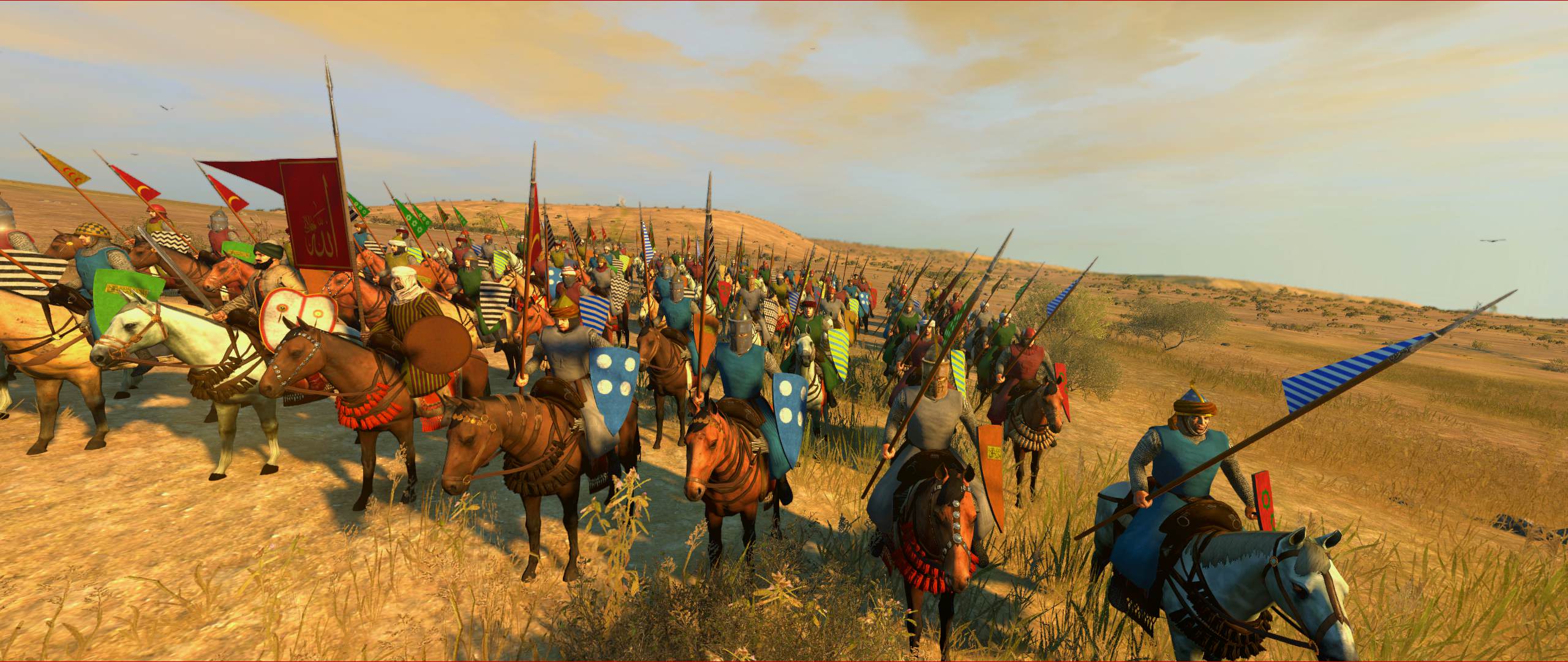
Hasham Berber Cavalry [Tier 1 - Tier 2]
The Hasham were Berber tribes who had defected from the old Almoravid armies to join the Almohads. This term also applied to the tribes who had provided their loyalty to the Almoravids in the past, especially the Sanhaja. The descendants of the Sanhaja, known today as the Tuareg still wear their distinctive face-covering veils and long robes (called the litham / Tagelmust and the gandoma respectively). The Almohads tried to have such styles of turbans banned on accounts of them being similar to the veils of women, but they were unsuccessful.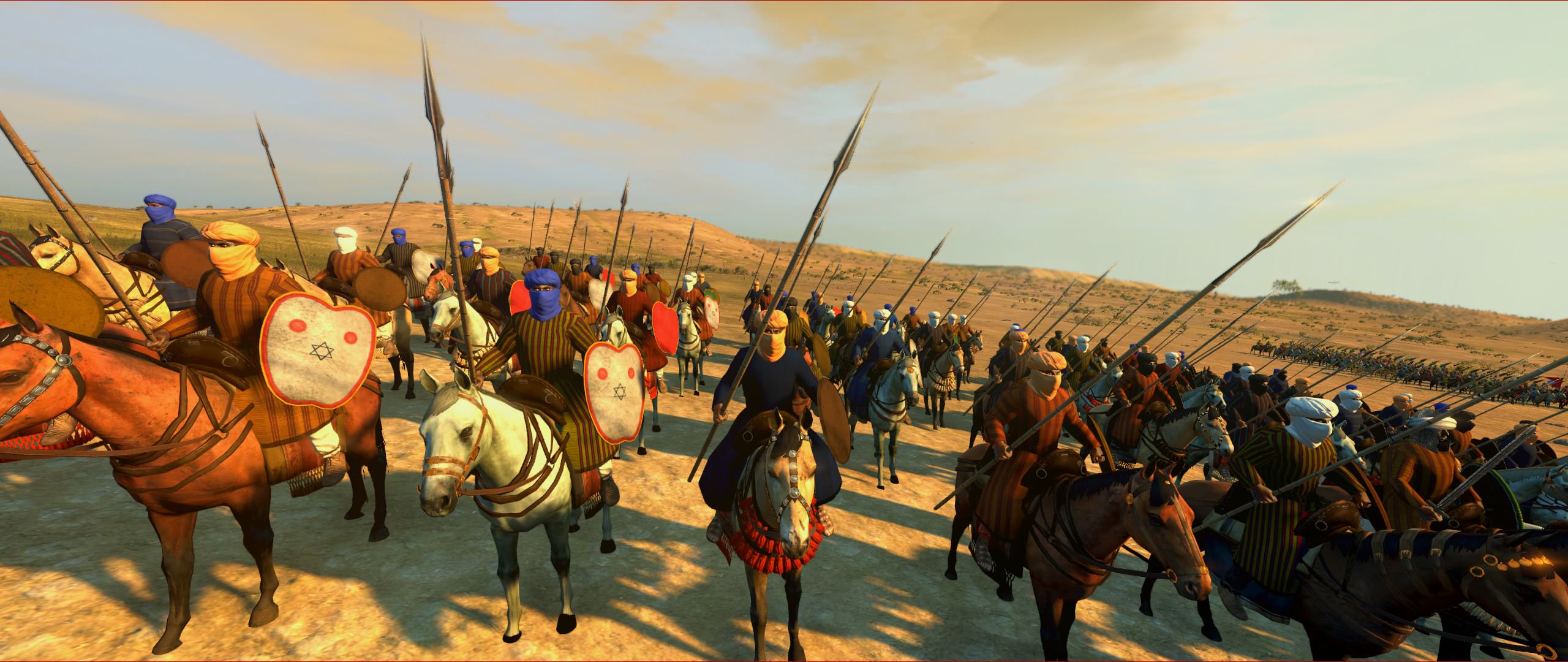
Muwalladun Cavalry:
Andalusians were known for their skills on horseback. The native mixed-heritage Muladi inhabitants of Al-Andalus made very capable cavalry, outfitted in long suits of mail with european-style coifs.
Ranged Cavalry:
Ghuzz Horse Archers
The Ghuzz were Turkish mercenaries who provided the ranged backbone of Iberian Islamic cavalry armies. They were well-paid, and rewarded ample estates in Ifriqiya for their services.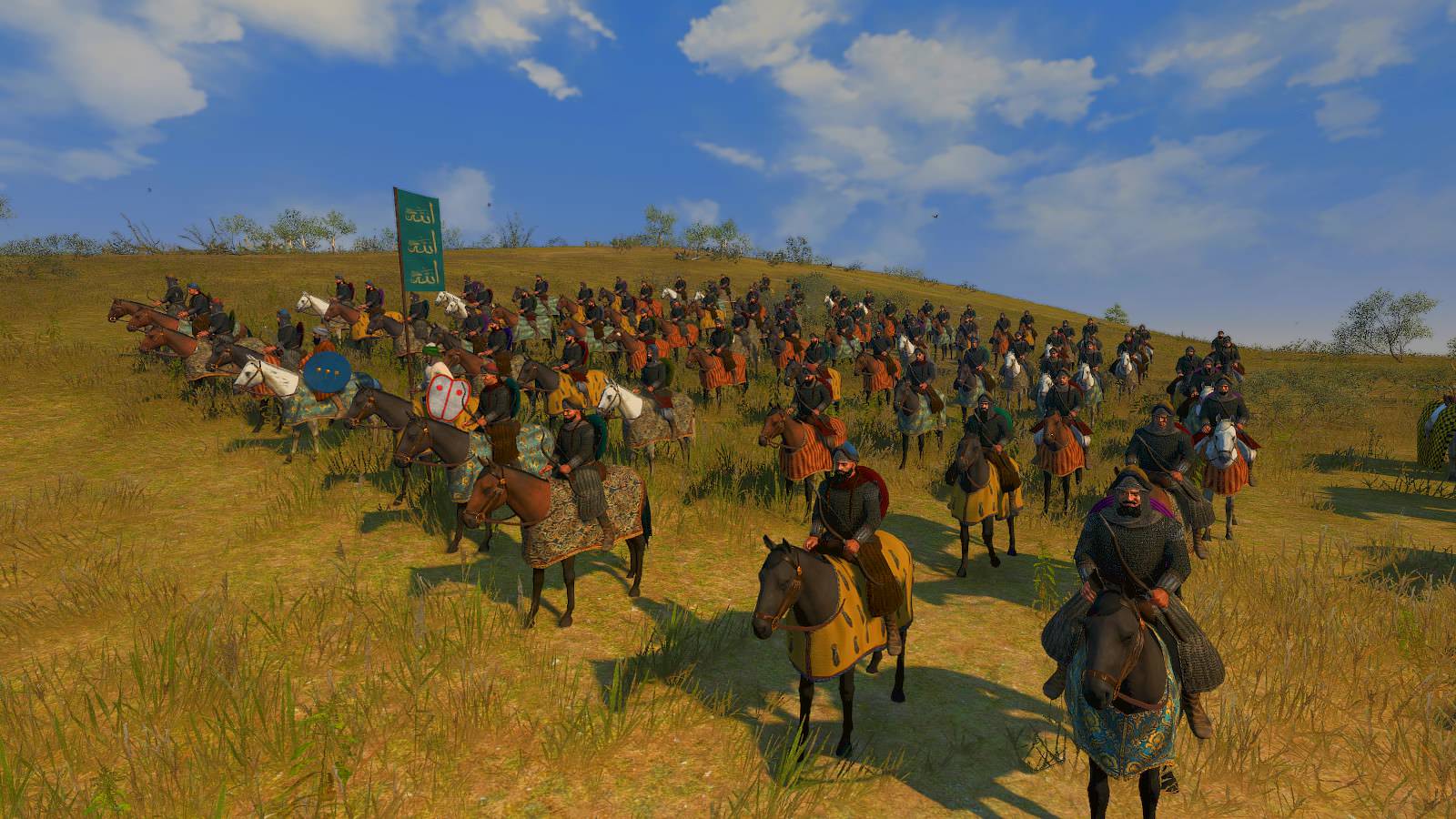
Asnaf al-Berber [Corps of Berber]
Described in period military texts as the "Corps of Berber" this would have been the very same light cavalry that plagued Christian armies for centuries (spurring them to use their own Moorish mercenaries as the first Jinetes to counter it). Berbers prided their skills with the lance and javelin, and wore little to no armor - preferring the light hide shield known as the Adarga instead.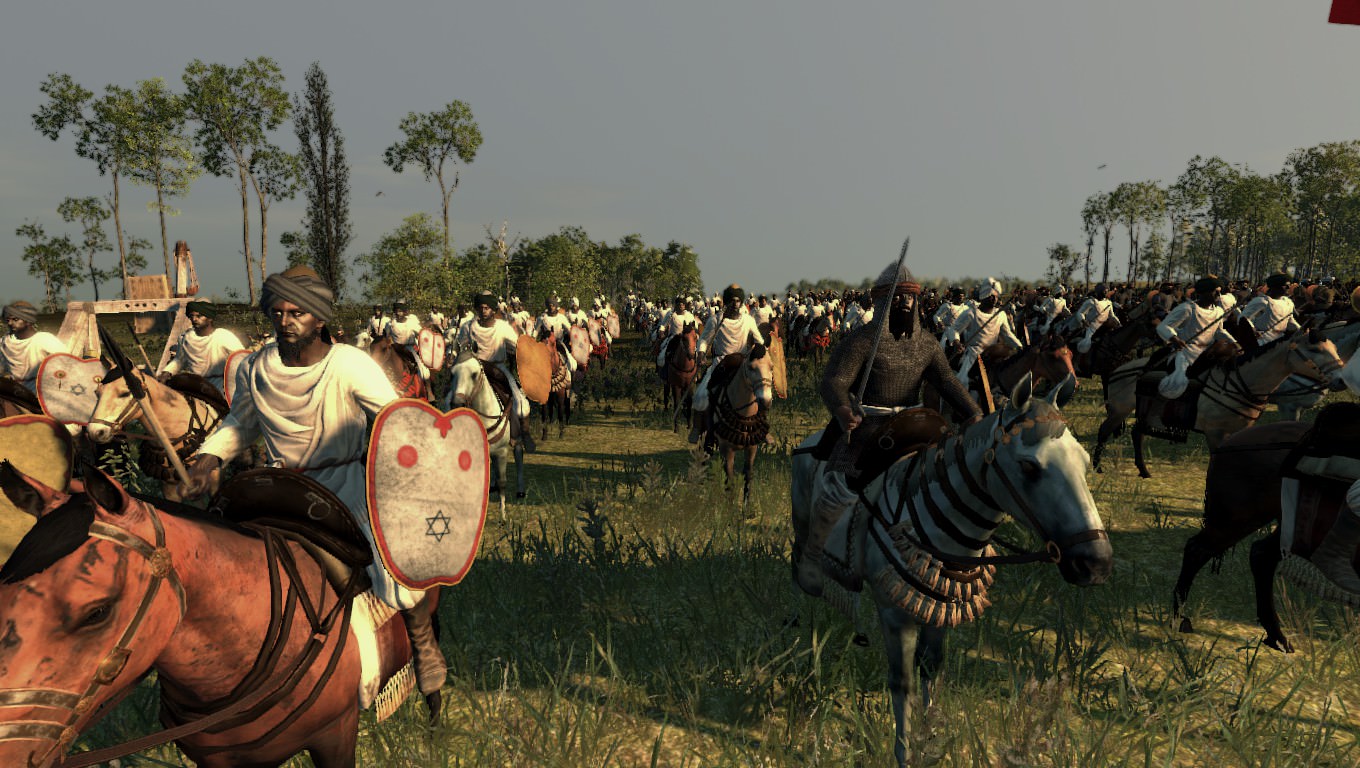
Andalusian Mounted Crossbowmen
Crossbowmen on horseback are recorded in several Andalusian sources, but never in relation to Maghrebi Berbers - indicating a strongly regional sense of taste regarding the weapons use.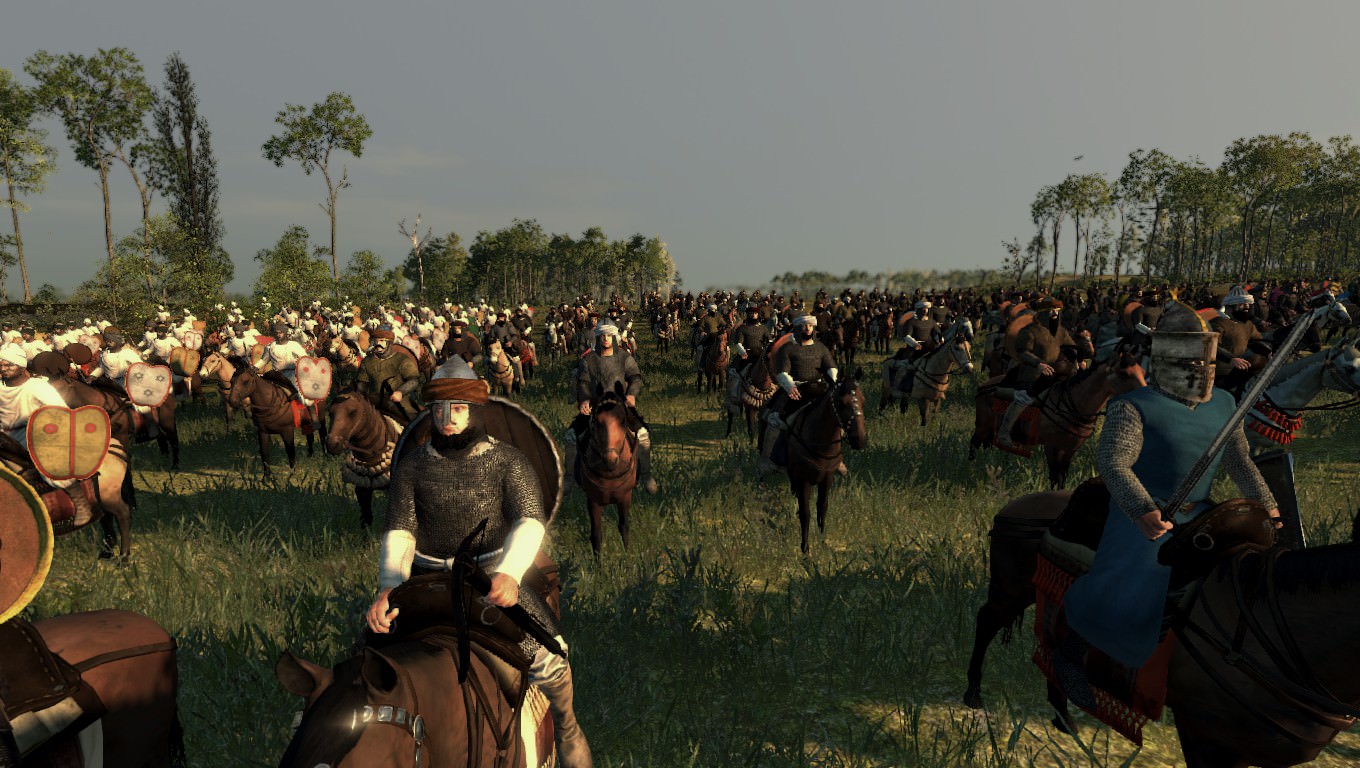
High Era (WIP):
General:
Granadine Ra'is
As Granada asserted itself as the last Islamic state in Iberia, it became necessary that the leaders of the individual armies of this bastion be guarded by forces of trained, experienced Andalusi cavalrymen.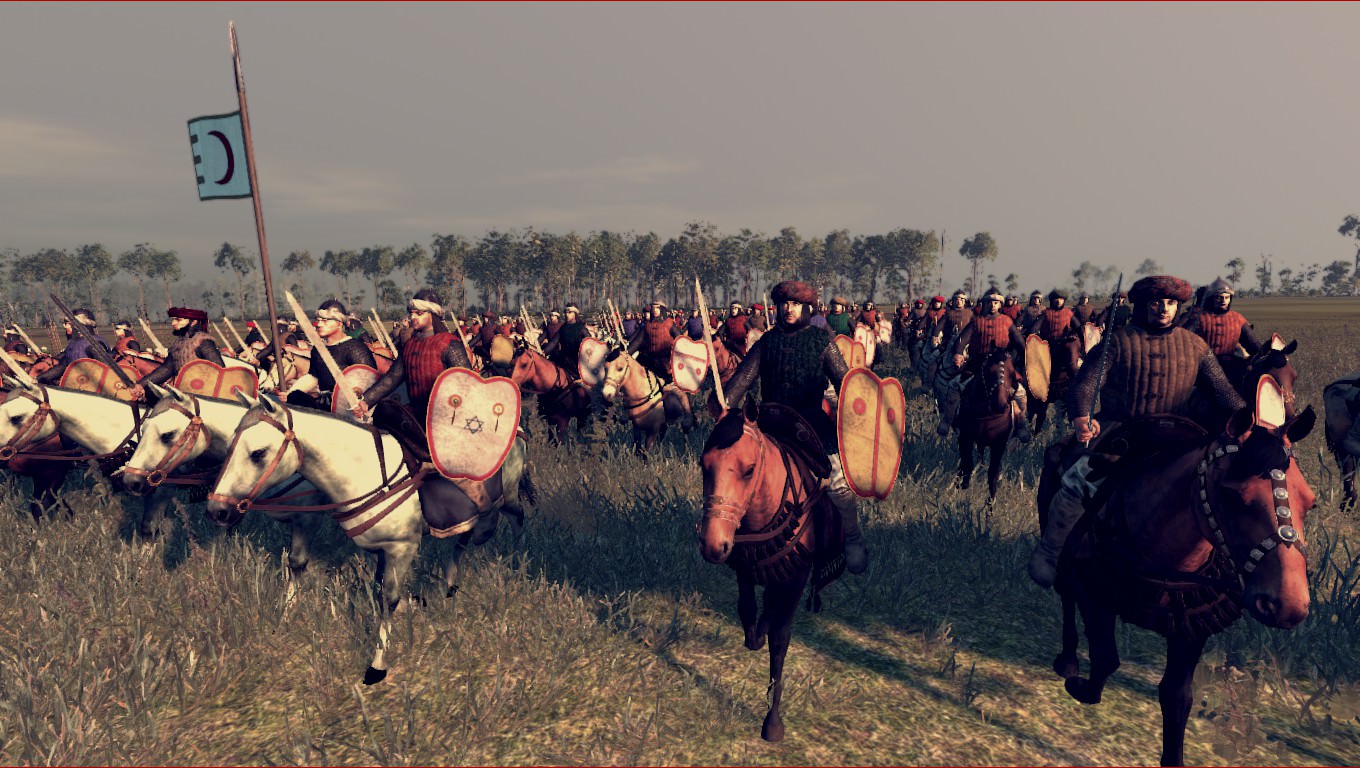
Melee Infantry:
Ghazis (High) [Tier 2 - Tier 3]
The Ghuzat are the west Islamic analog of the Ghazi fanatics well-known in the Near East. They were infamous for their rowdy and villainous behavior, so much so the conditions of one captured city in Morocco upon conquest was that no Ghazi were to be stationed within the city after occupation.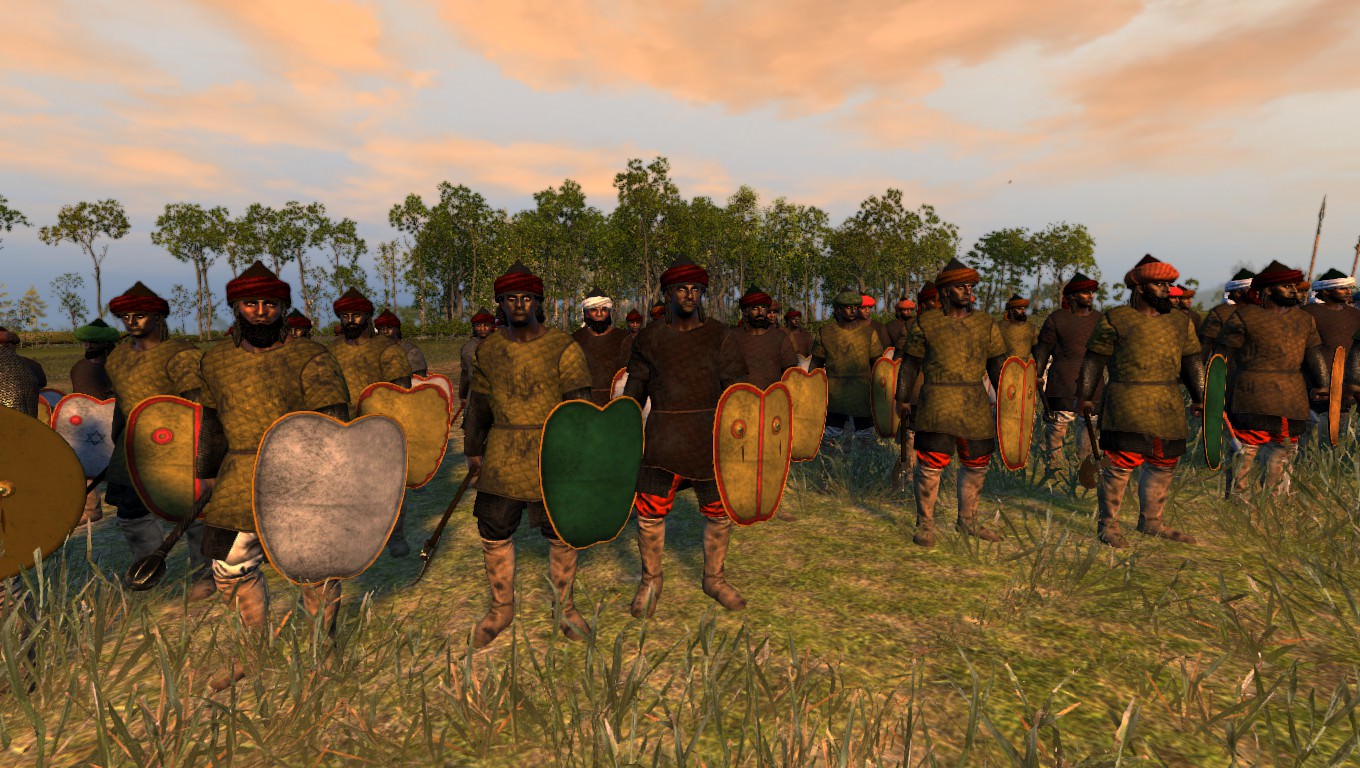
Thagri Frontiersmen
The Thagri were the guards at the borders of the Andalusian realms. Stationed at fortresses in the Sierra Morena, they were responsible for retarding the advance of Christian forces for several more centuries.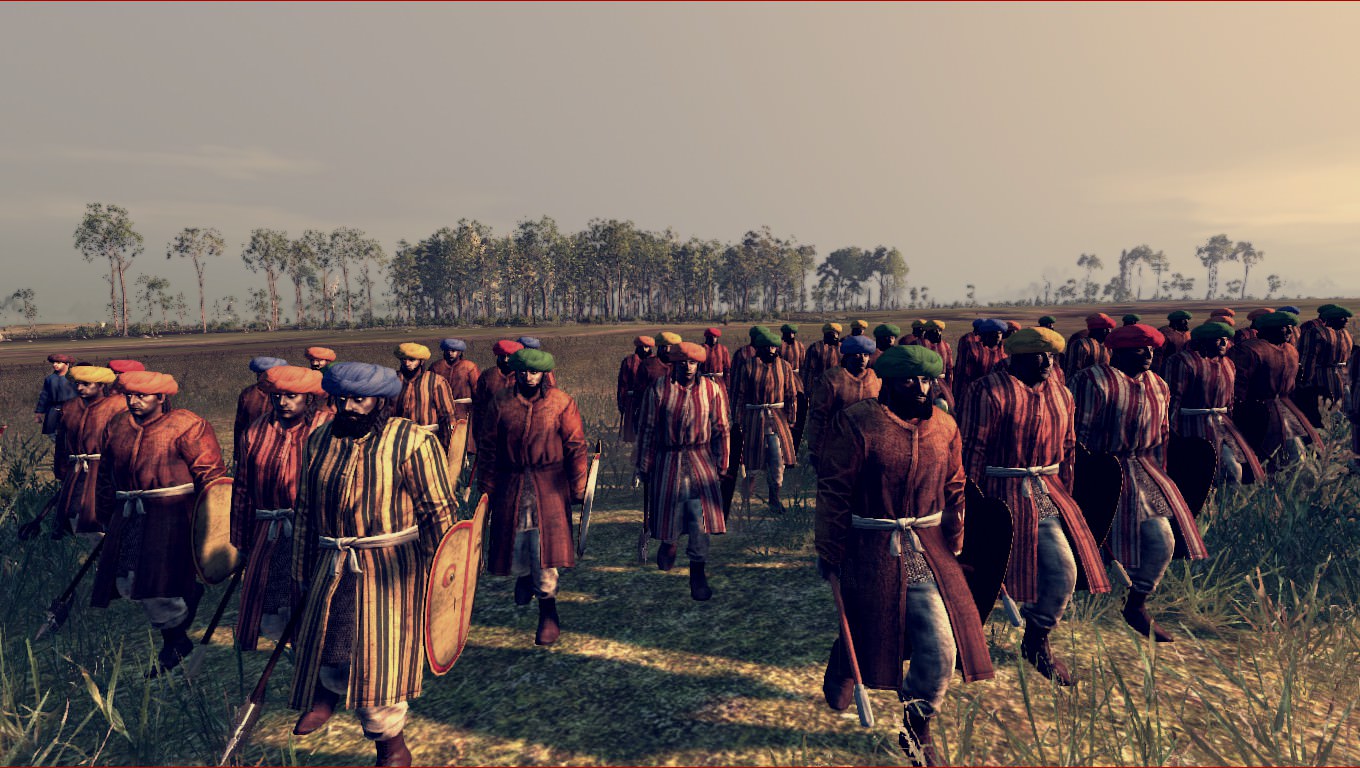
Jundi Mutawaddan
The native Muladi hispano-islamic population of Al-Andalus found itself increasingly the bulk of Islamic armies sent to combat the Christians to the north.
Granadine Naqib
A Naqib was a division of the Granadine army, 200 semi-professional Andalusian soldiers. It formed the basis of the Andalusian military, highly organized and strictly disciplined.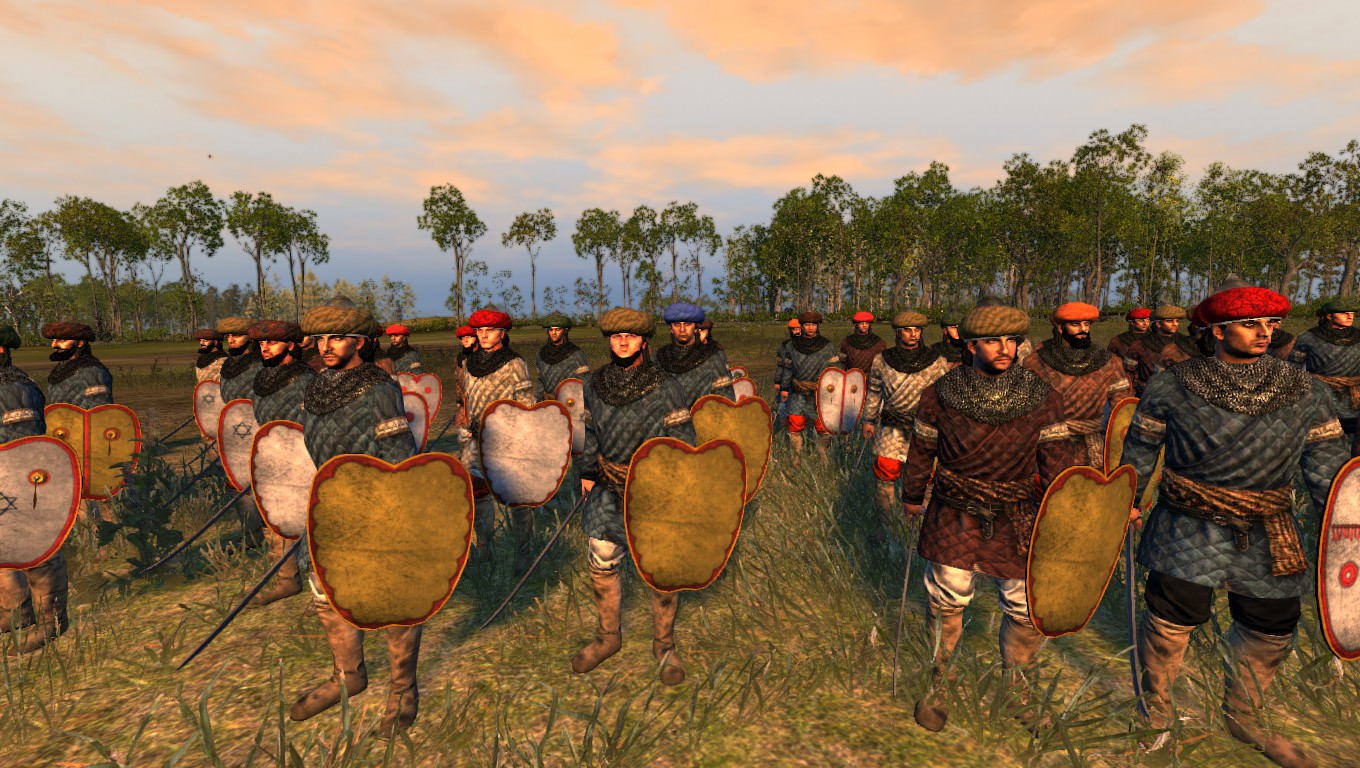
Mujahideen
As Al-Andalus dwindled calls came from Iberia for religious volunteers to wage holy war to preserve it, many answered.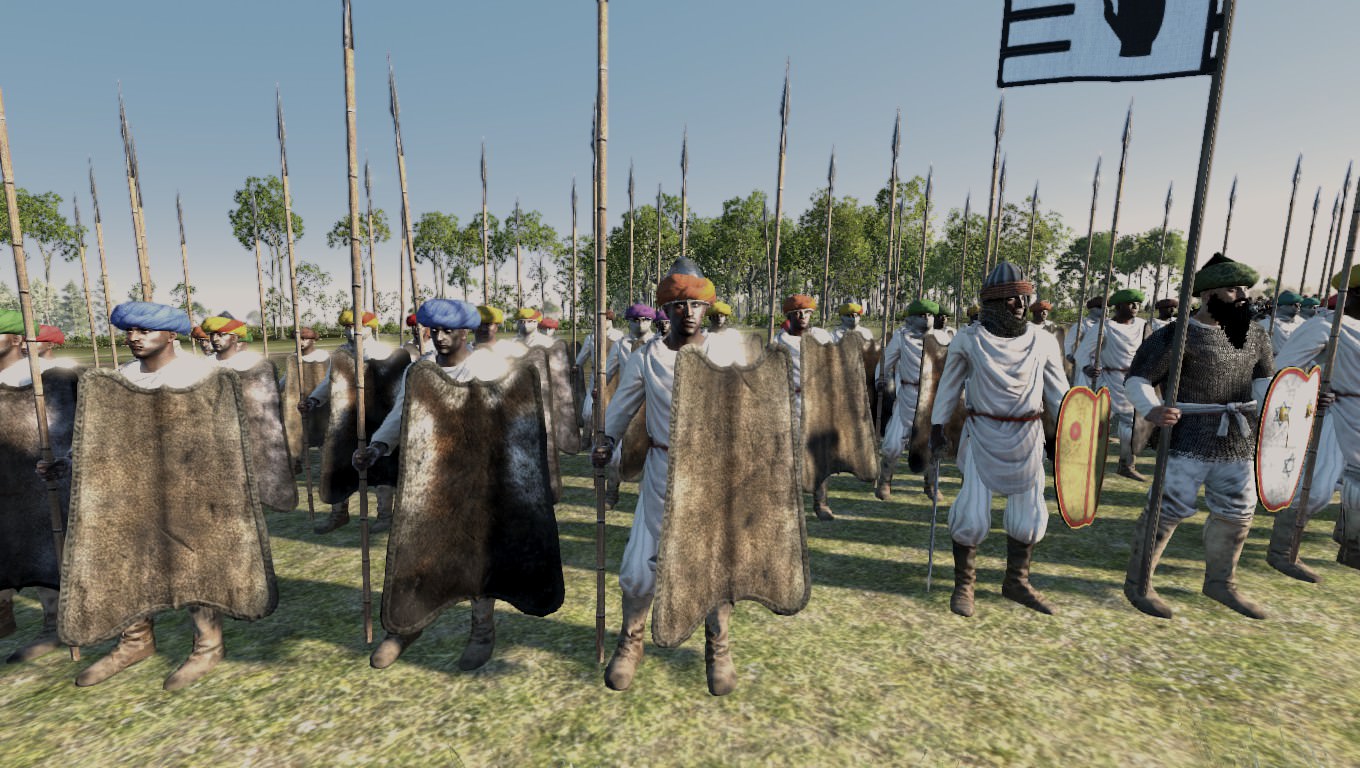
Ranged Infantry:
Andalusian Crossbowmen (High)
Andalusians quickly grew to love the frankish bow, as it was known in some arabic sources. Unlike the Berbers who disdained the weapon, they became skilled with it, both on foot and on horse.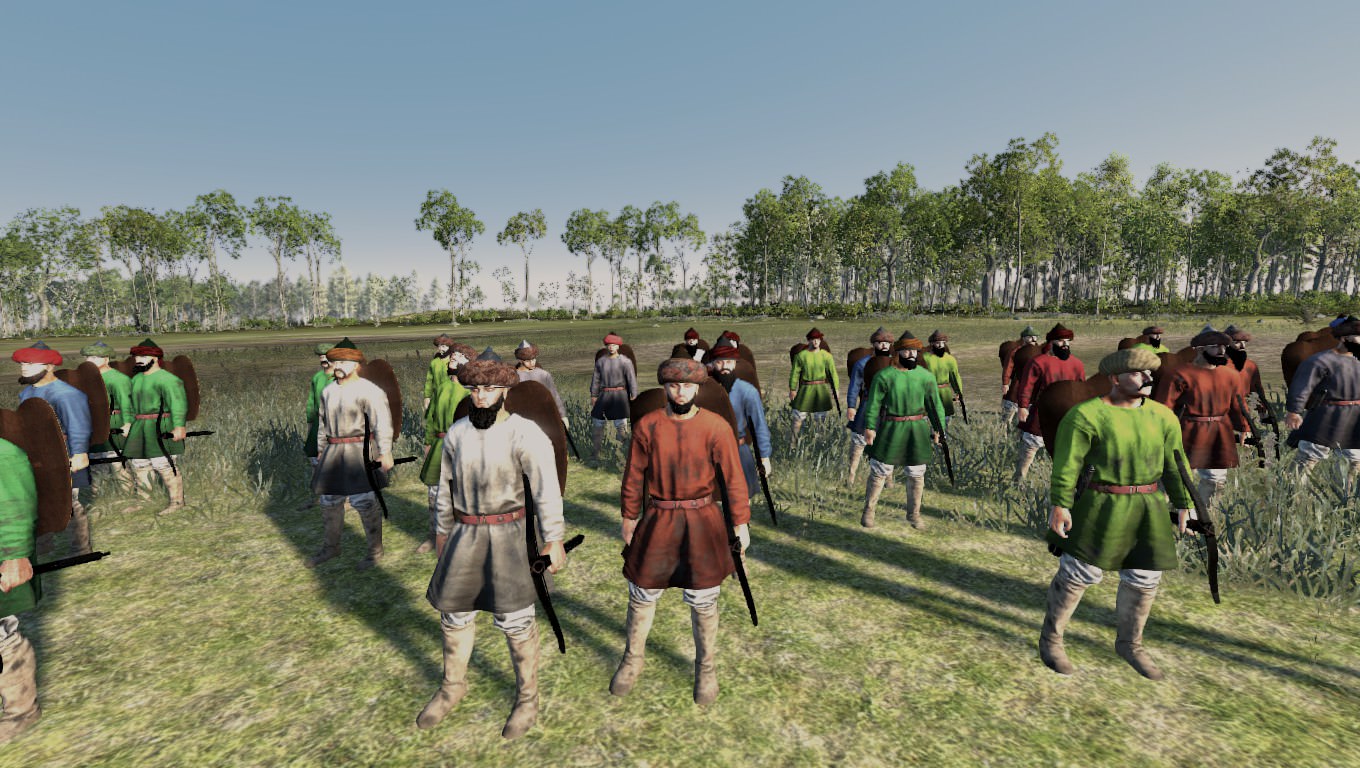
Andalusian Heavy Crossbowmen (High)
As Granada became more independent styles of equipment changed, but the Andalusi proclivity towards crossbows, and their fondness of padded armor, never changed.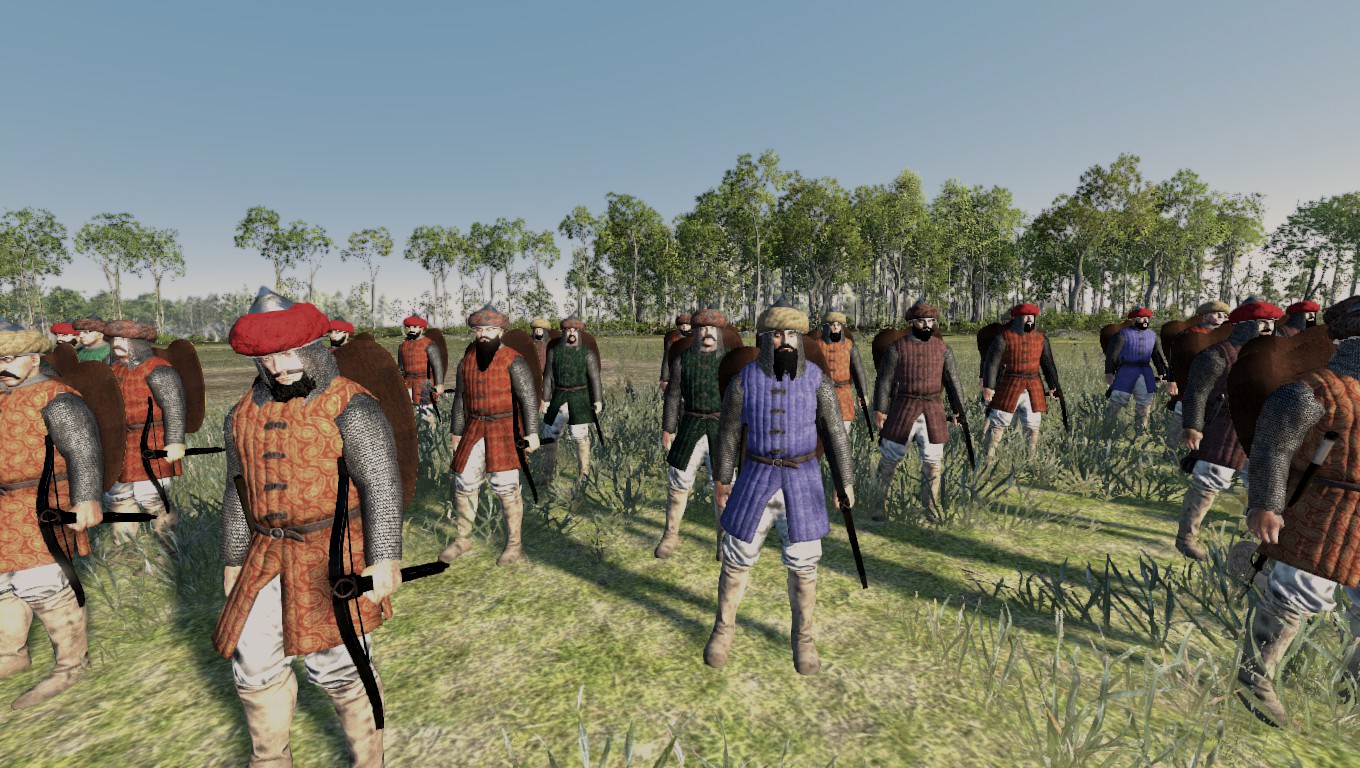
Granadine Rumat
Archers were a vital part of the defense of a Andalusian citadel, even as the Christians grew to embrace gunpowder.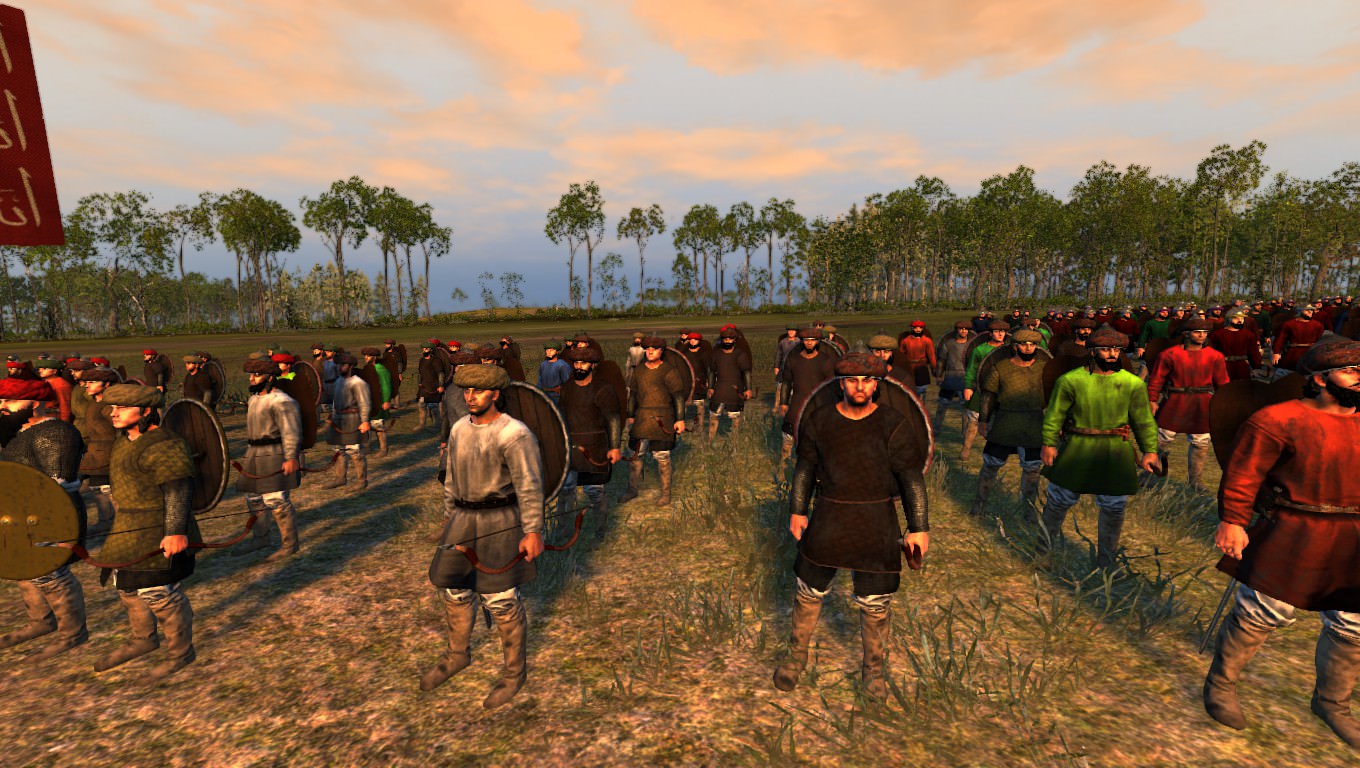
Granadine Handgunners
There is much debate about the extent to which Andalusians used firearms, but it is inarguable that they entirely did not.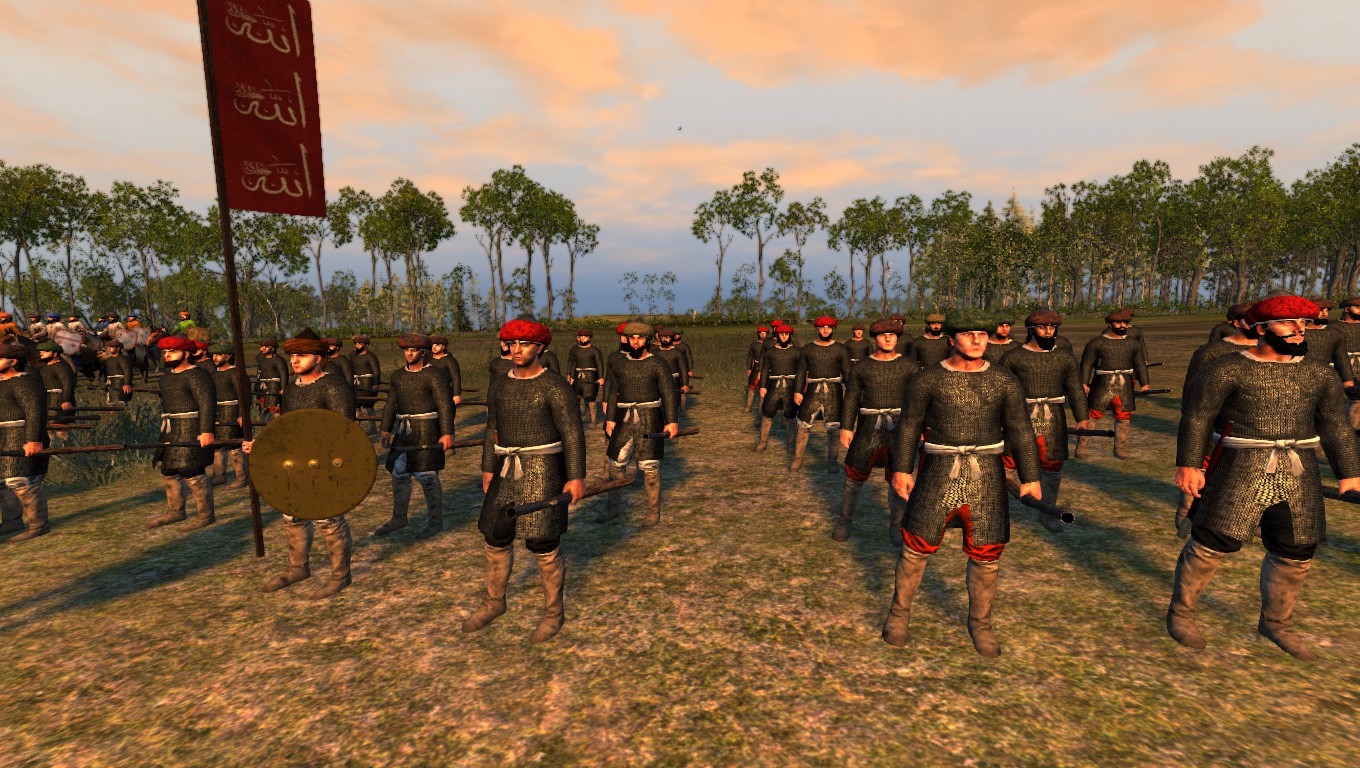
Granadine Slingers (High)
The sling was a surprisingly common weapon in Al-Andalus. Cheap, easy to make, deadly even against a armored target. 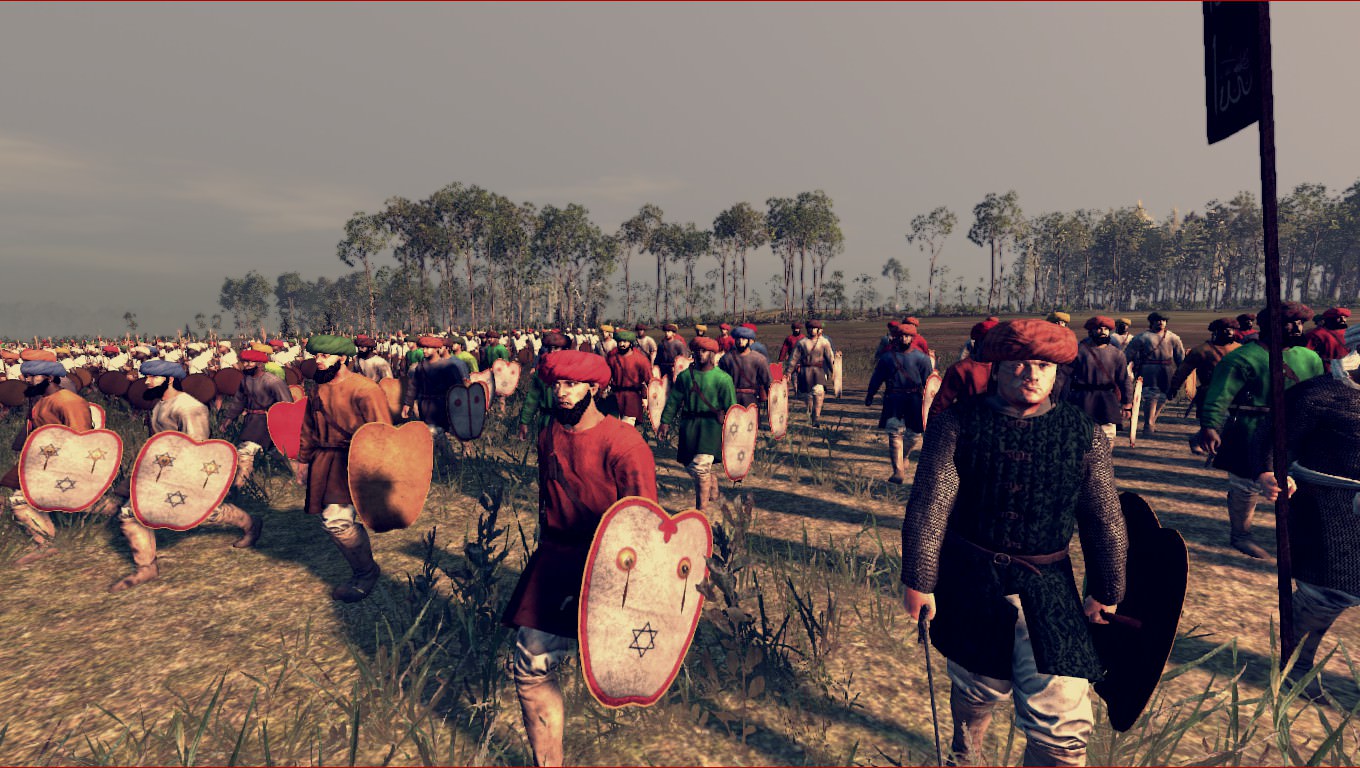
Melee Cavalry:
Ma'lughun (High)
Christian knights found their services just as useful to Islamic rulers as certain Berber and Andalusian contingents found the same to be true about Christian kings. The term Farfanes was used to describe these men who were willing to trade sides in the holy wars that regularly ravaged the region.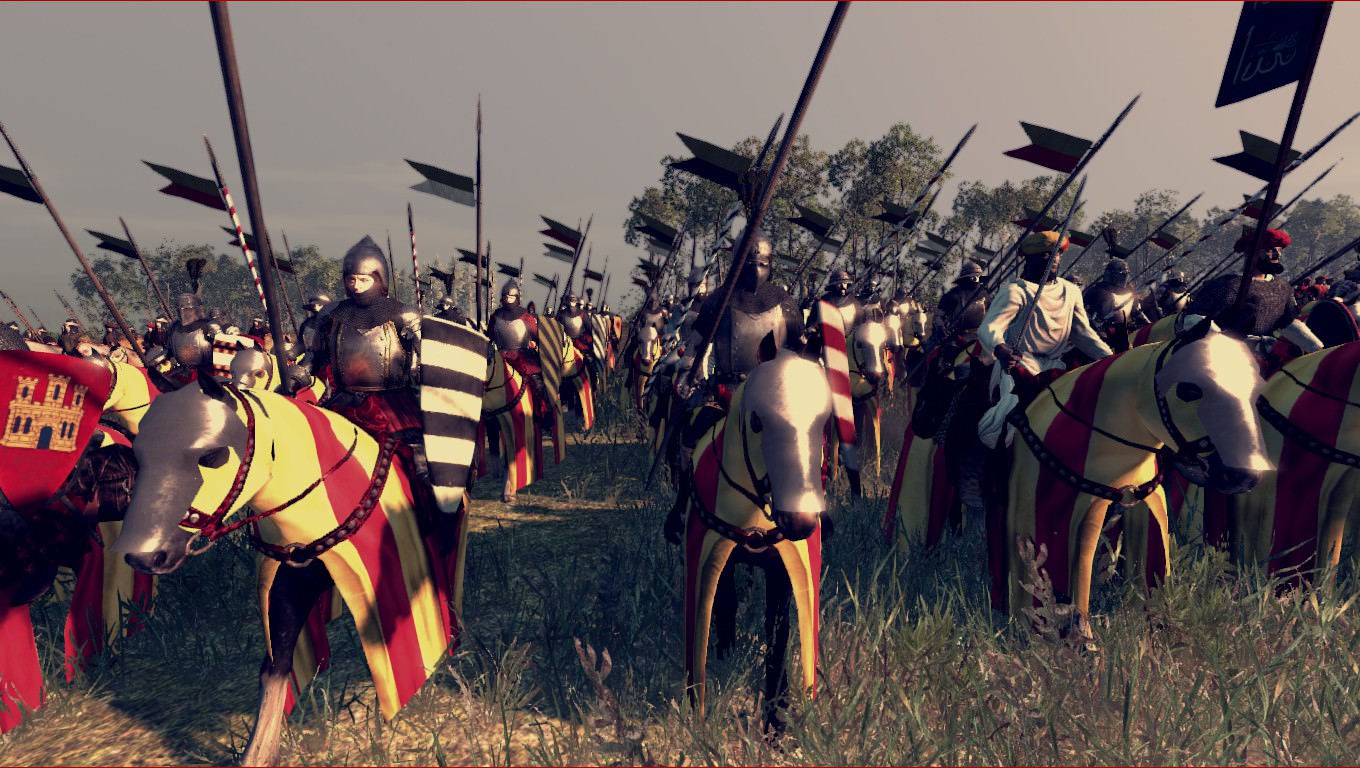
Granadine Cavalry (High)
Granadine horsemen were fond of the spear, and preserved archaic styles of horsemanship and fighting well into the waning years of Al-Andalus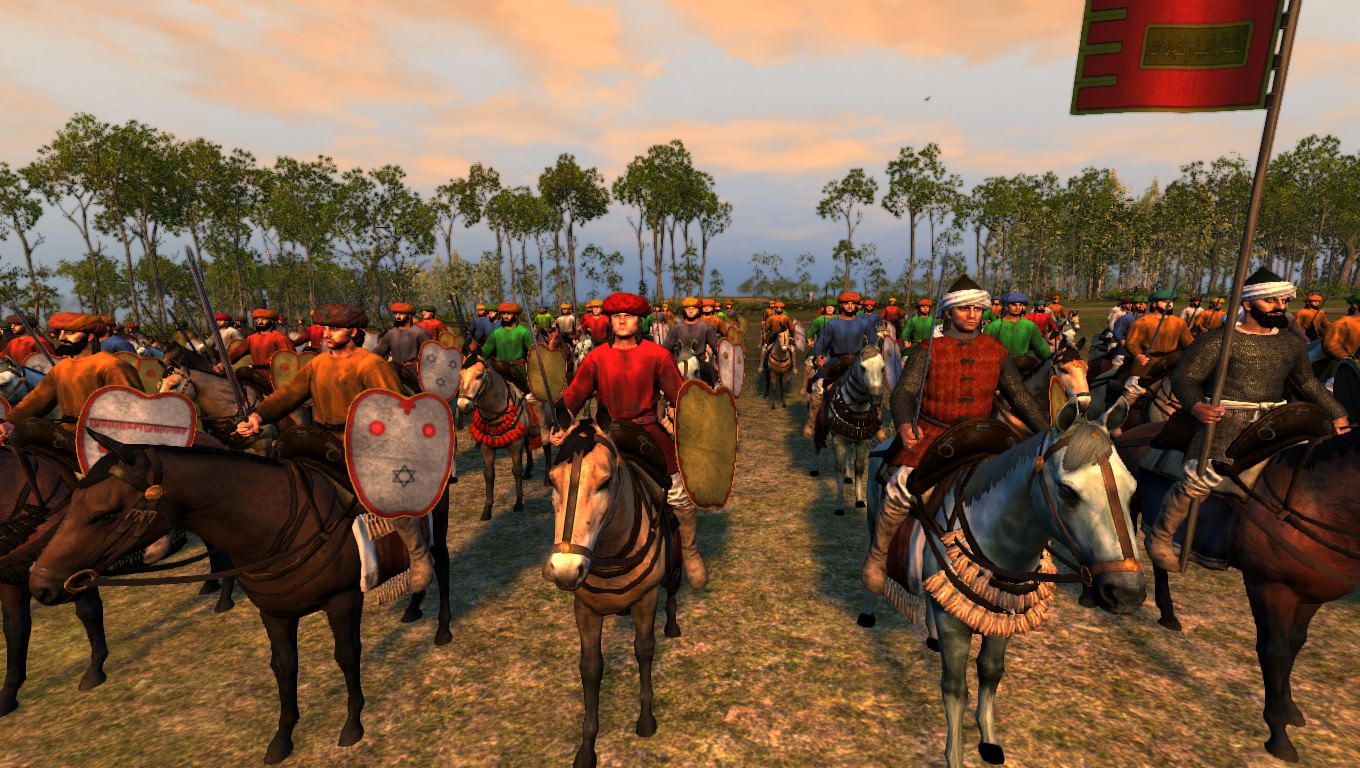
Shaykh al-Ghuzat
Andalusian leaders commanded forces of reckless and zealous Ghazi into battle, acting as liasons between Granada and the mercenary warrior tradition of the Maghreb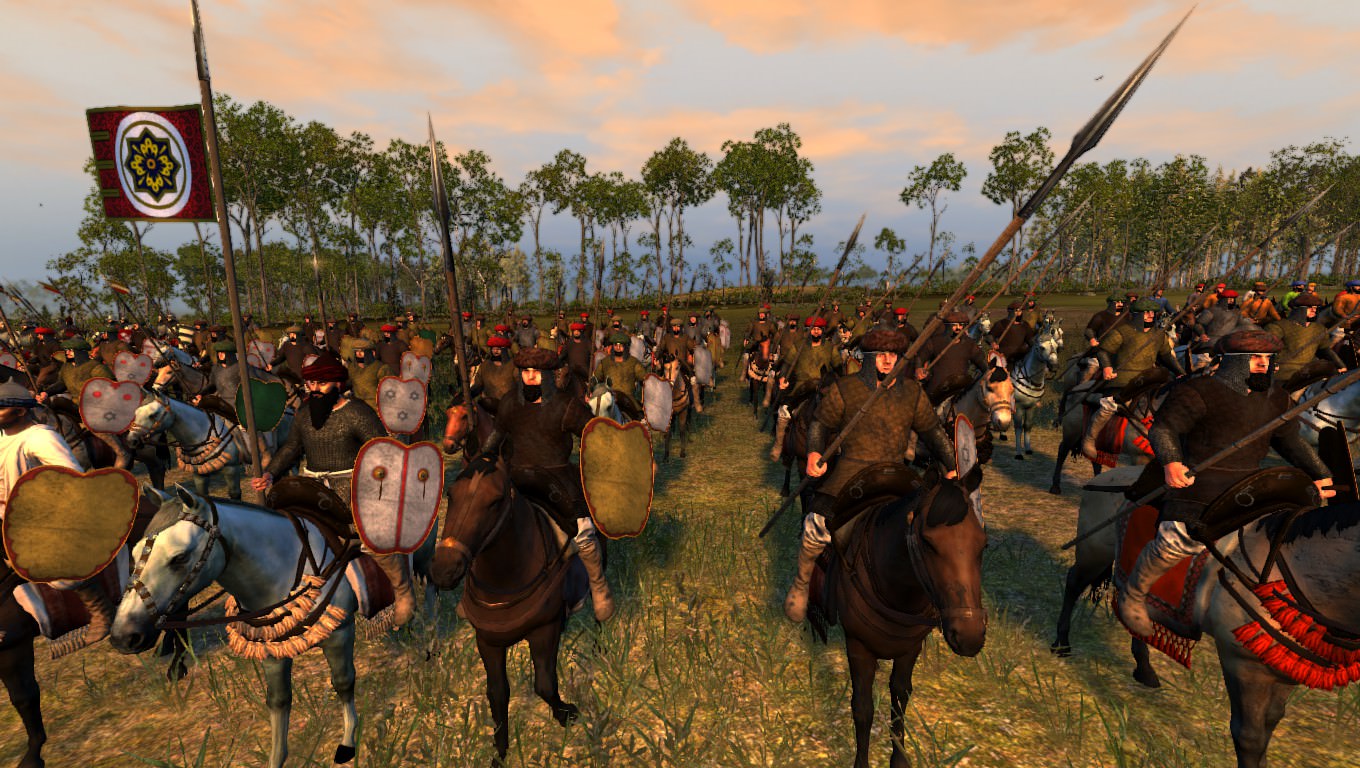
Ranged Cavalry:
Andalusian Jinetes (High)
The fabled Jinete tradition, pioneered by Berbers, was quickly adopted by their Iberian counterparts, on both sides of the reconquista.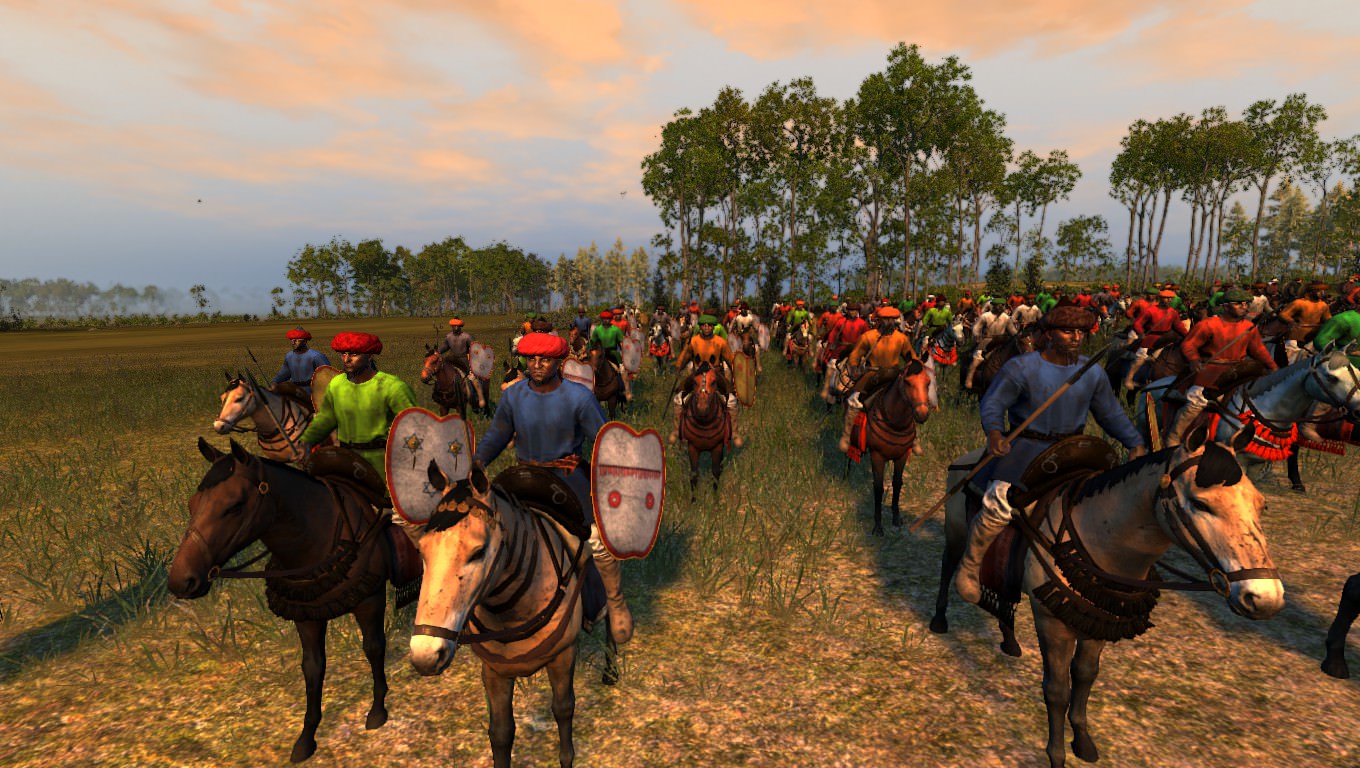
Andalusian Mounted Crossbowmen (High)
Crossbowmen on horseback are recorded in several Andalusian sources, but never in relation to Maghrebi Berbers - indicating a strongly regional sense of taste regarding the weapons use.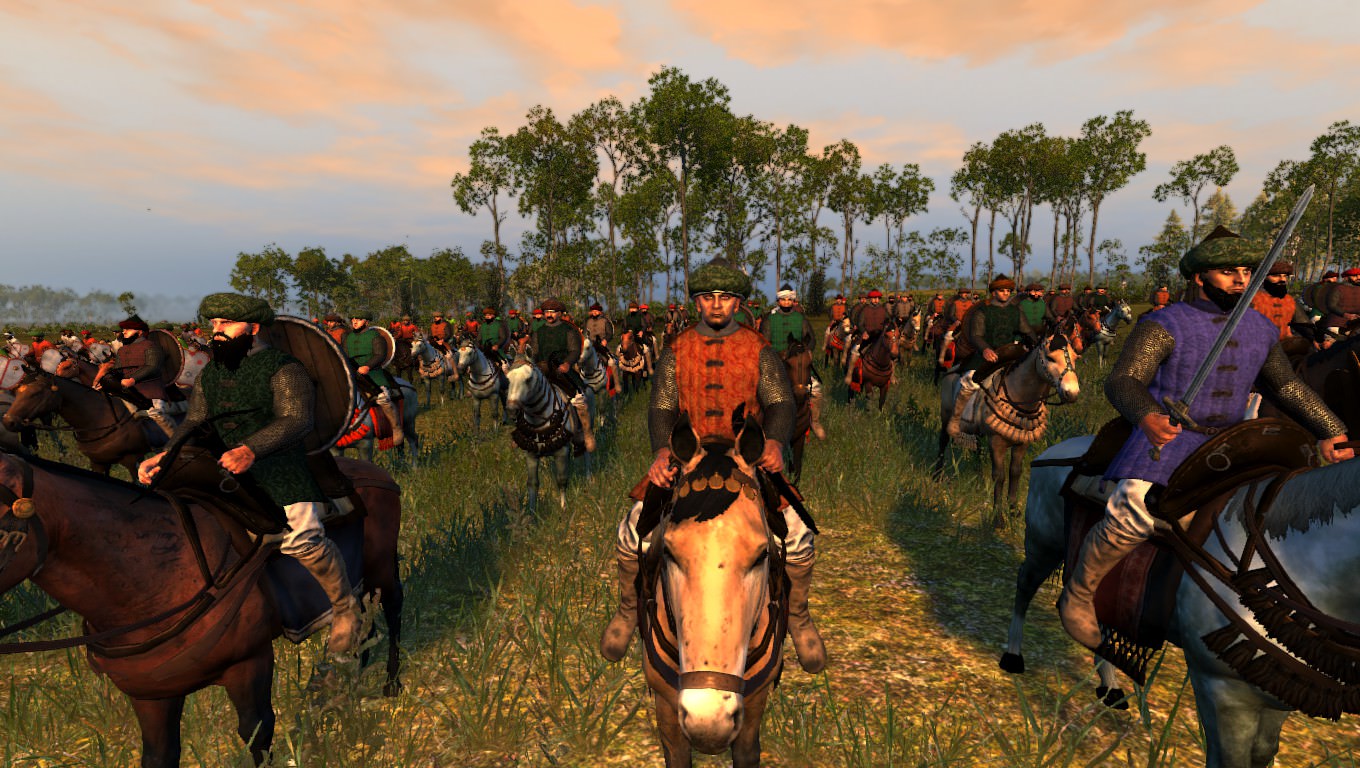
Late Era (WIP):
General:
Shiya Khassah
As Granada asserted itself as the last Islamic state in Iberia, it became necessary that the leaders of the individual armies of this bastion be guarded by forces of trained, experienced Andalusi cavalrymen.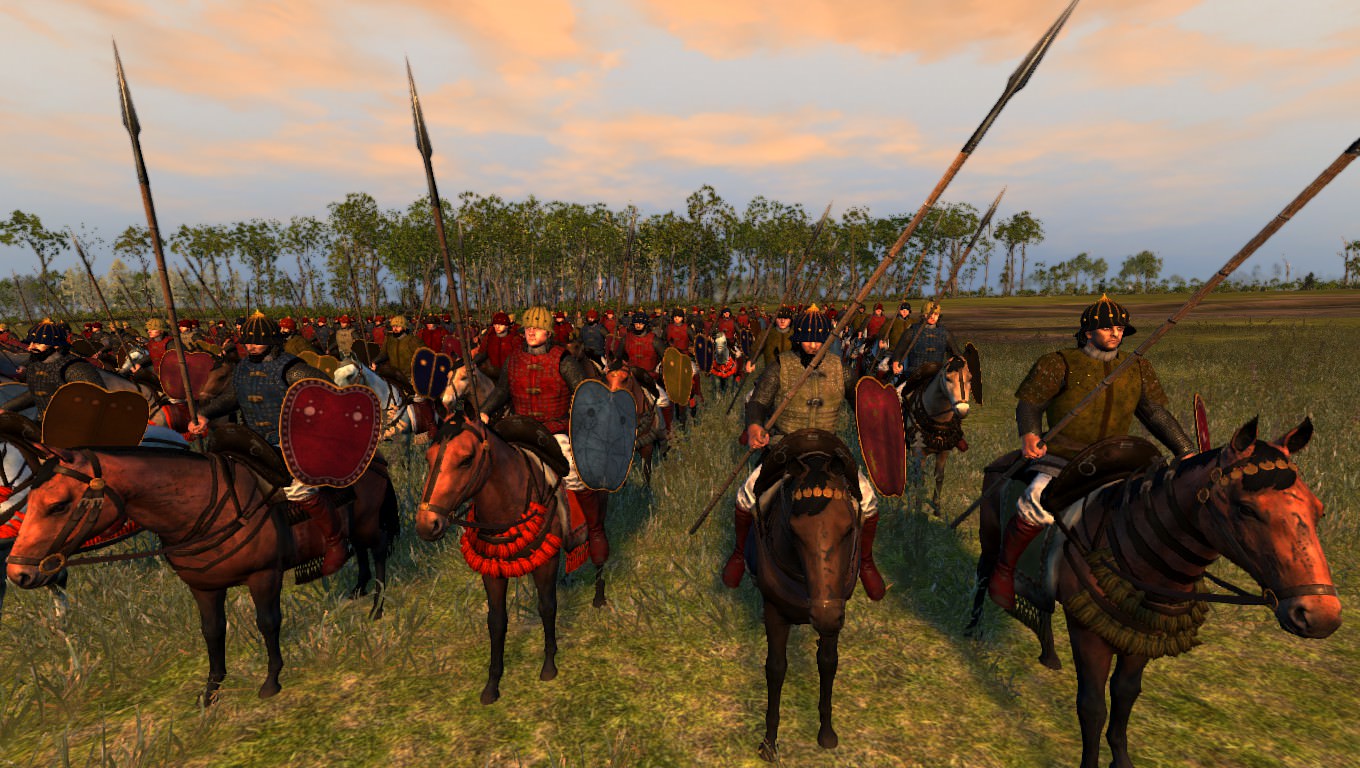
Abu `Abdallah Muhammad XII
Muhammad XII, or Boabdil to the Spanish, was the last Nasrid sultan and the last Islamic ruler in Iberia. 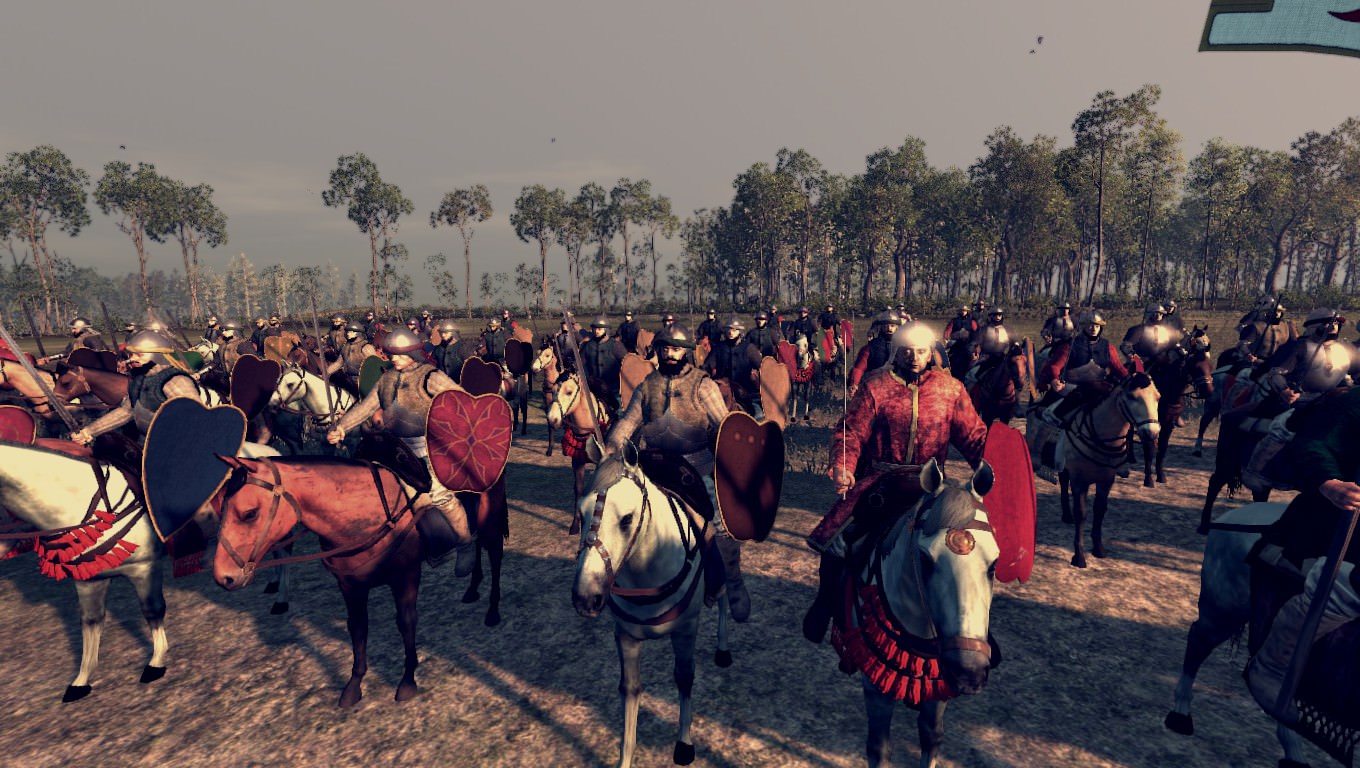
Melee Infantry:
Ghumara Tribesmen
The Ghumara were the natives of one of the most fecund parts of Morocco, and were renowned fighters throughout the region.
Granadine Urban Militia
The civilian population of Granada was levied to protect its innumerable fortresses from the march of Castilian cannons.
Granadine Heavy Urban Militia
The last wars of Granada were marked by wholesale mobilization of the civilian population. Those well-to-do could afford to wear European-style armor into battle.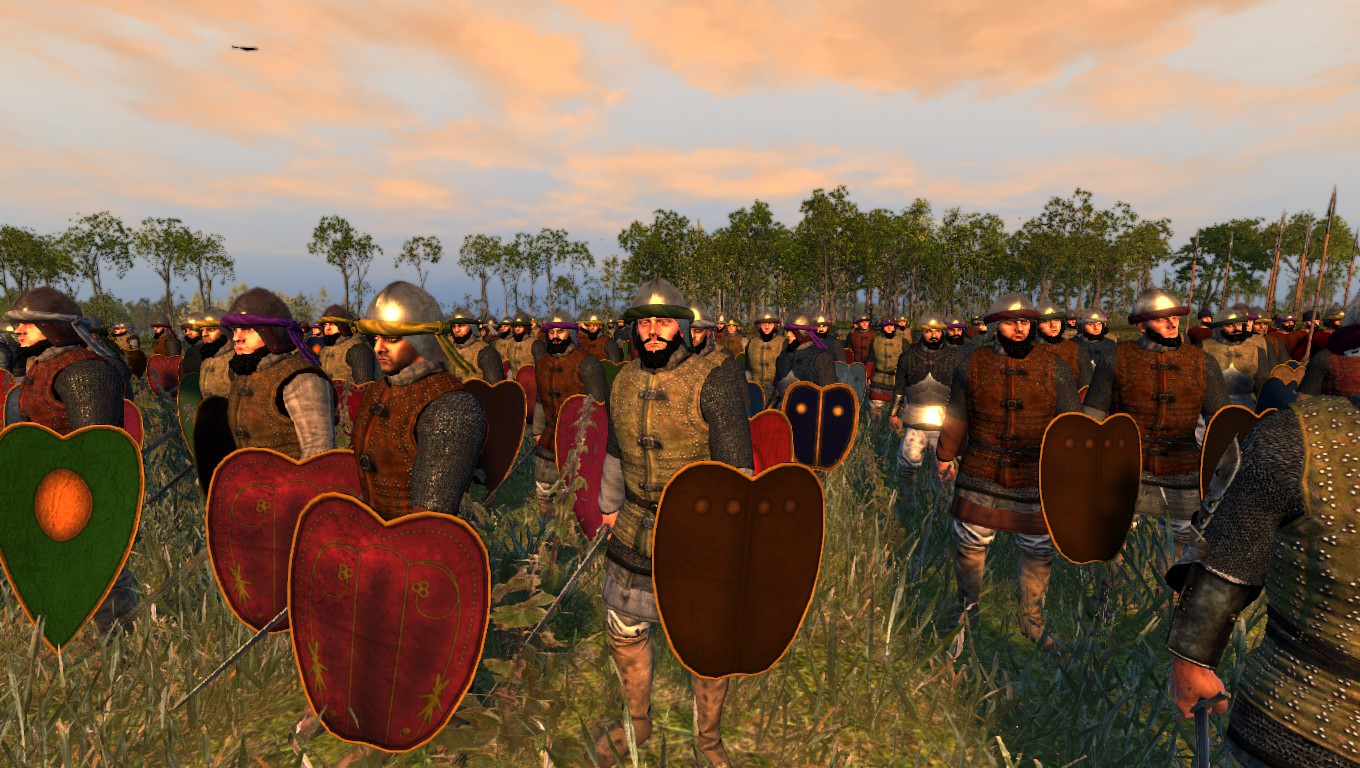
Murtaddin Jund
European converts to Islam were still apparent even in the last years of the Sultanate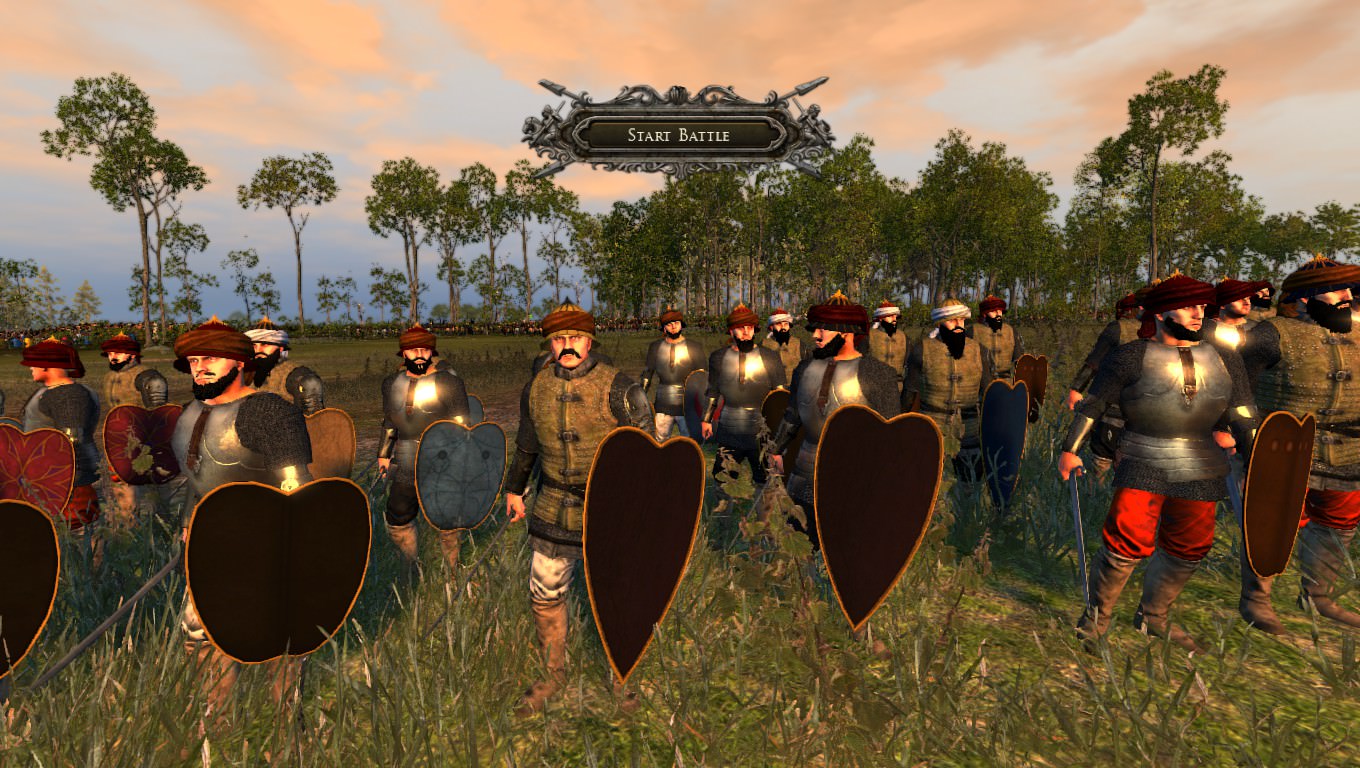
Murabit Warriors
As Al-Andalus dwindled calls came from Iberia for religious volunteers to wage holy war to preserve it, many answered.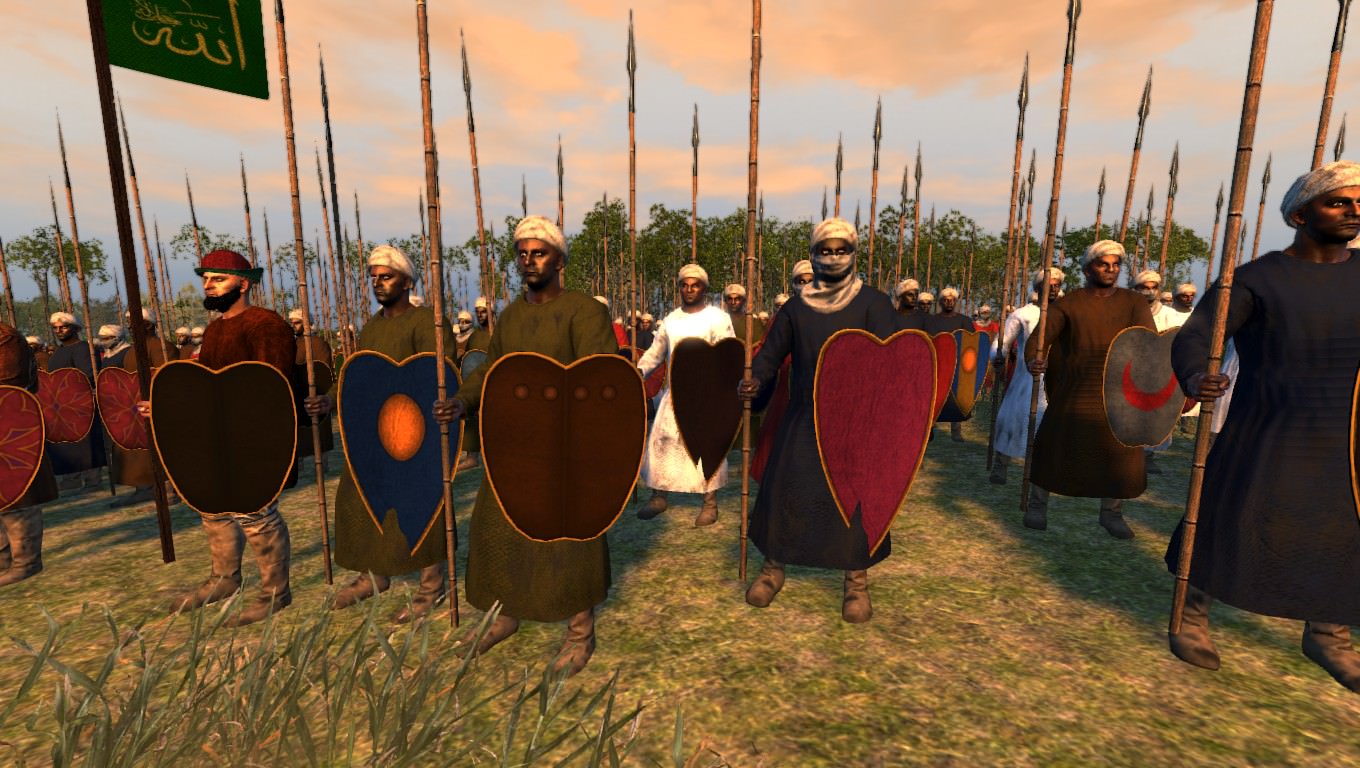
Ranged Infantry:
Andalusian Crossbowmen (Late)
Andalusians quickly grew to love the frankish bow, as it was known in some arabic sources. Unlike the Berbers who disdained the weapon, they became skilled with it, both on foot and on horse.
Andalusian Heavy Crossbowmen (Late)
The last years of Granada were marked by wholesale adoption of European equipment, of which the sallet and simple breastplate were most popular.
Urban Rumat
Archers were a vital part of the defense of a Andalusian citadel, even as the Christians grew to embrace gunpowder.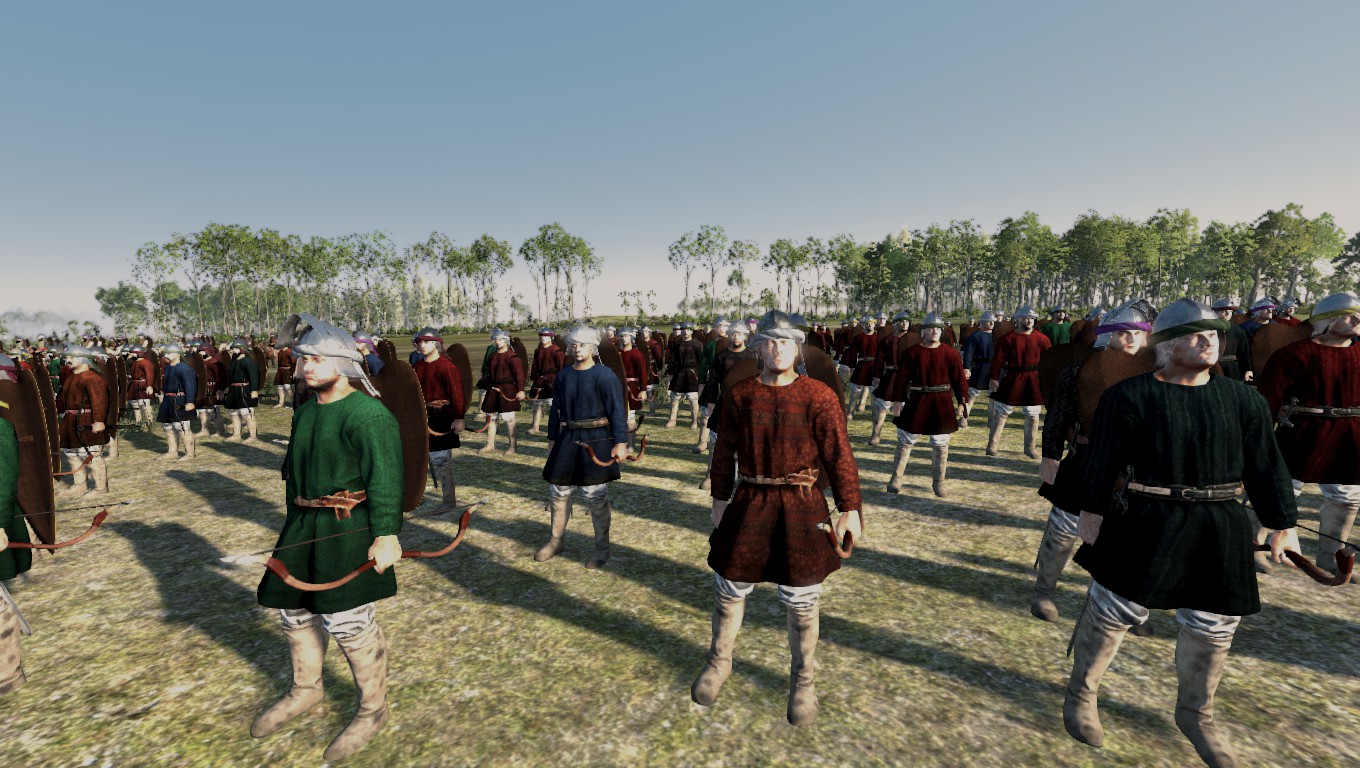
Granadine Arquebusier:
There is much debate about the extent to which Andalusians used firearms, but it is inarguable that they entirely did not.
Granadine Slingers (Late)
The sling was a surprisingly common weapon in Al-Andalus. Cheap, easy to make, deadly even against a armored target. 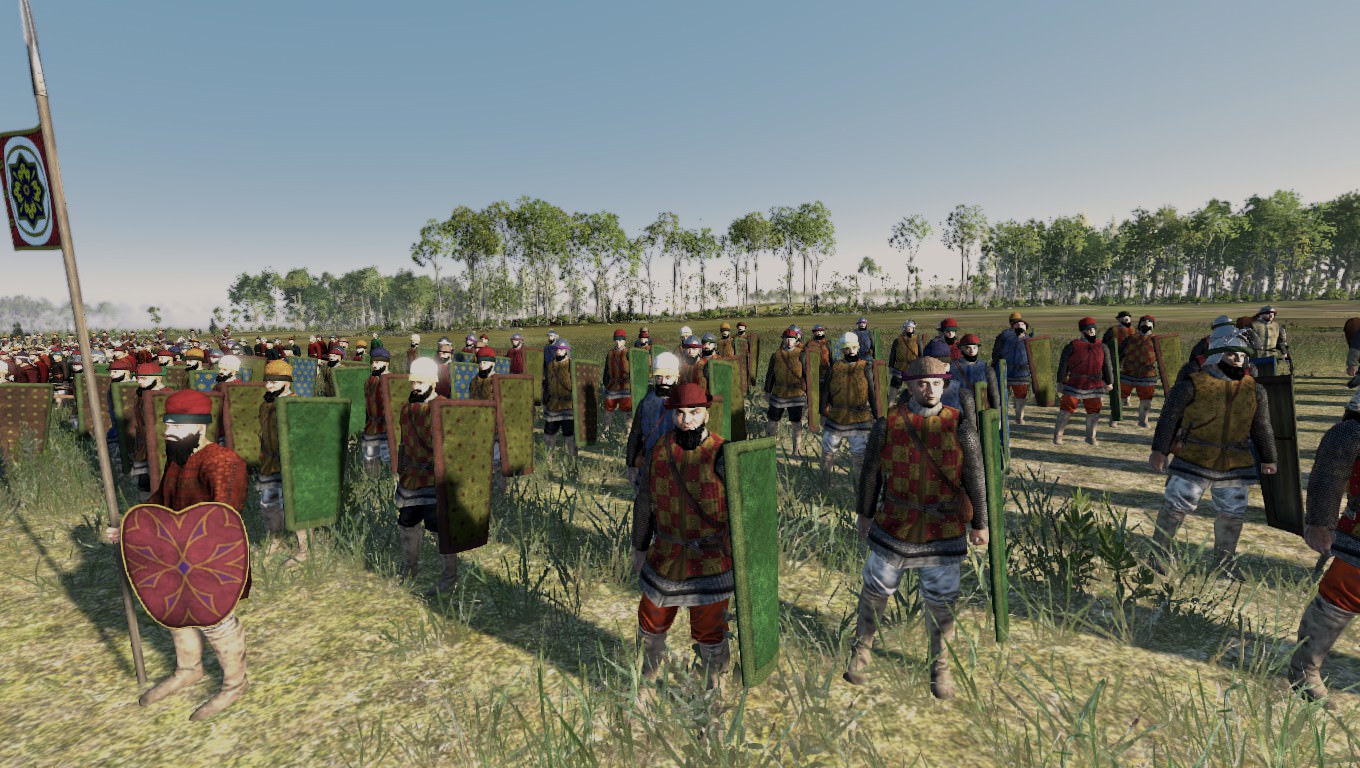
Melee Cavalry:
Ma'lughun (Late)
Christian knights found their services just as useful to Islamic rulers as certain Berber and Andalusian contingents found the same to be true about Christian kings. The term Farfanes was used to describe these men who were willing to trade sides in the holy wars that regularly ravaged the region.
Granadine Armored Cavalry (Late)
Granadine horsemen were fond of the spear, and preserved archaic styles of horsemanship and fighting well into the waning years of Al-Andalus.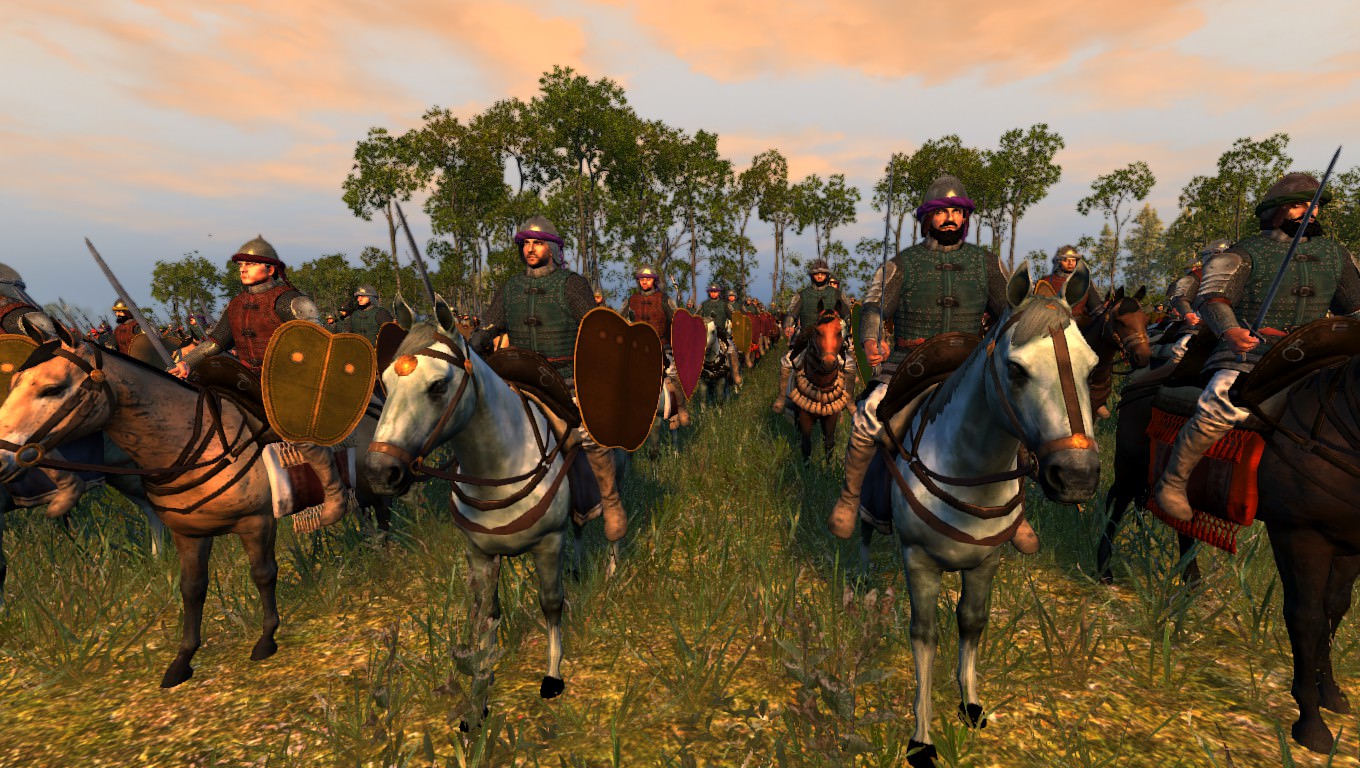
Shaykh al-Ghuzat (Late)
Andalusian leaders commanded forces of reckless and zealous Ghazi into battle, acting as liasons between Granada and the mercenary warrior tradition of the Maghreb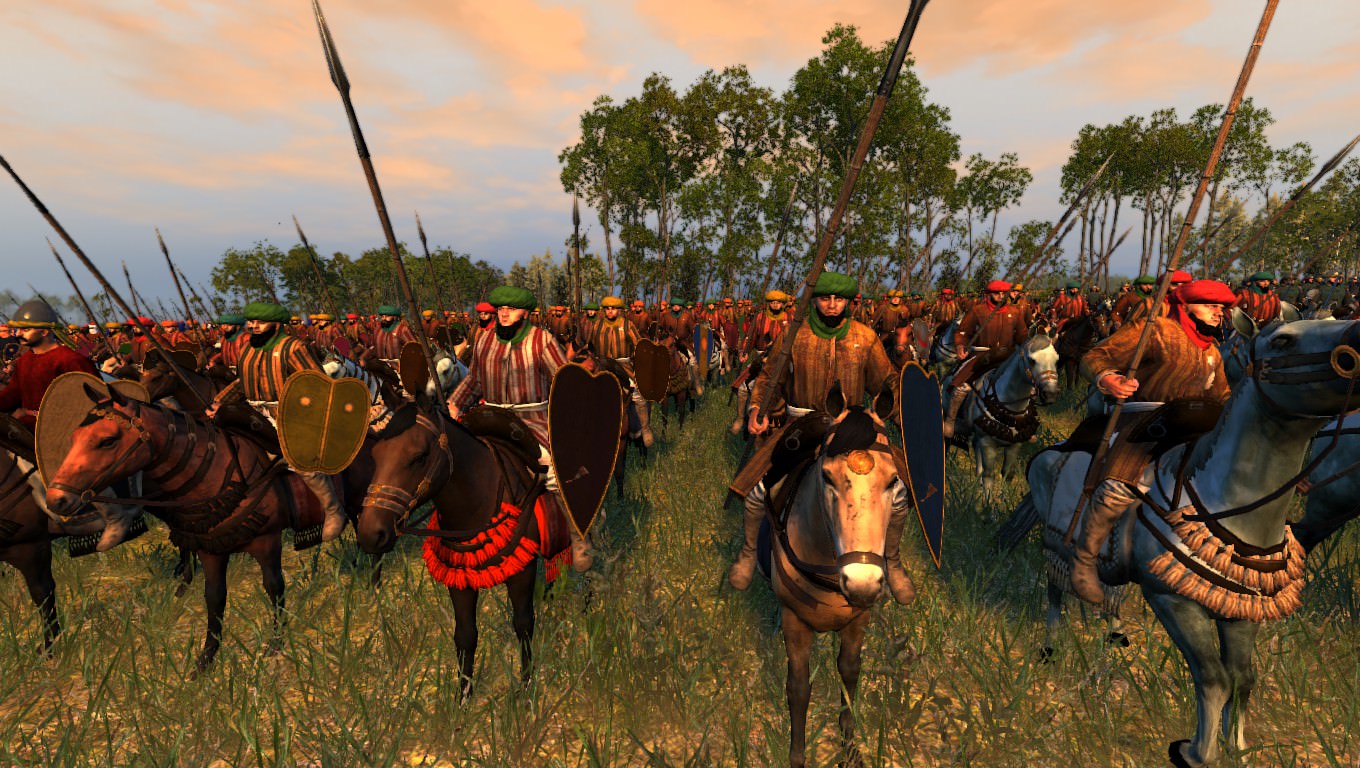
Ranged Cavalry:
Andalusian Jinetes (Late)
The fabled Jinete tradition, pioneered by Berbers, was quickly adopted by their Iberian counterparts, on both sides of the reconquista.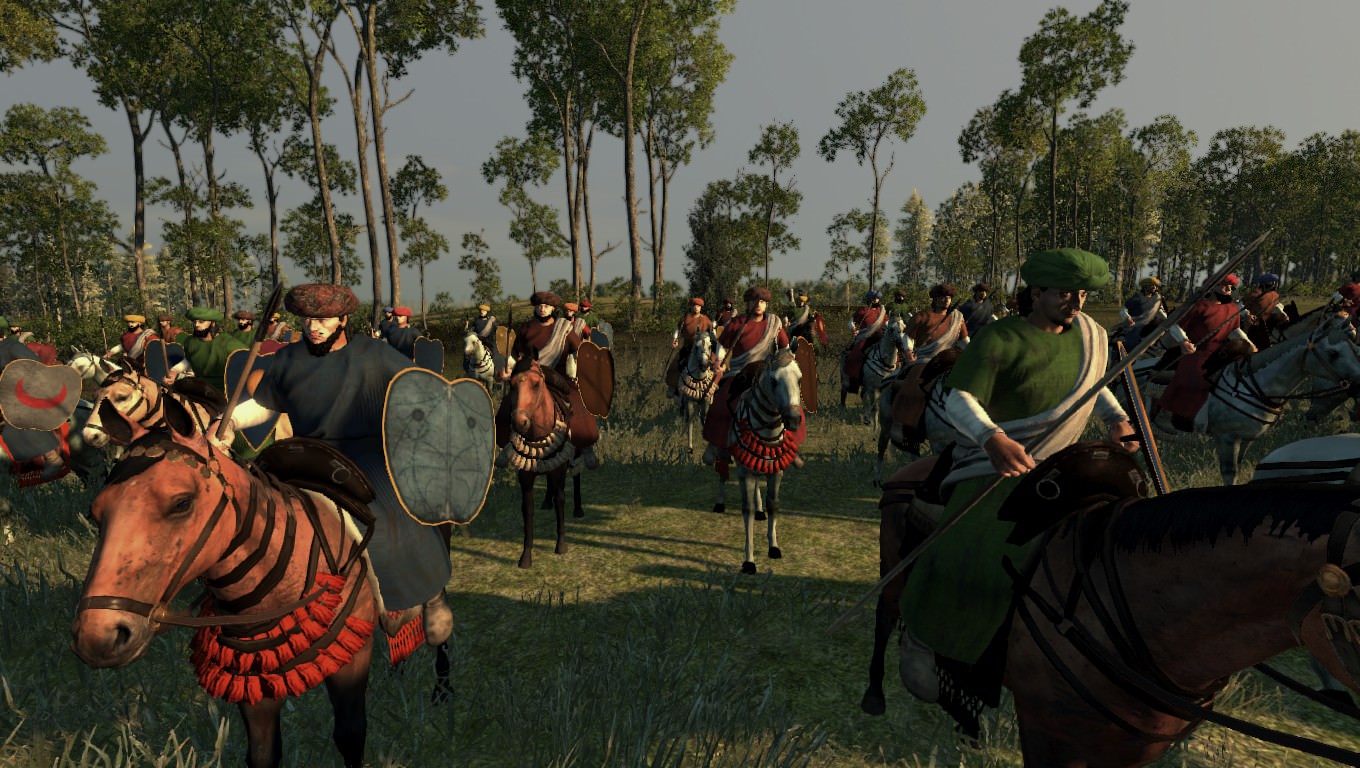
Andalusian Mounted Crossbowmen (Late)
Crossbowmen on horseback are recorded in several Andalusian sources, but never in relation to Maghrebi Berbers - indicating a strongly regional sense of taste regarding the weapons use.
Credits
A huge thanks to Zsimmortal, Warman, Ltd, Hessam, Slytacular and other team members. and Druzhina for his excellently researched website
A special thanks to Al-Mansur for his excellent helmet models
And a special thanks to expresso and cheap soda, without whom I would not have been able to start work on the Almohads again.



Yes yes yes!!
Looks awesome, can't wait for the next release!
Fun fact: regarding the caliph's bodyguard, being chained together and all, that is acording to tradition the origin of the flag of Navarre: the king of Navarre was the one who lead the charge and broke the chains, and so he took them as his own symbol.
This comment is currently awaiting admin approval, join now to view.
Its probably too late in the development for this to be taken into consideration, but I'm very disturbuted by the lack of understanding of ethnic diversity of the Berber language group.
It seems clearly that the people who made this rooster assume that all Berbers were Black and then fair skinned people of north Africa were of Arab descent.
This is absolutely not the case.
Being Berber is not a single Ethnicity, just like being Arab isn't one either, its a language group.
Sure, there were some Black Berbers, the Tuareg tribes for example show a phenotype clearly more similar to Sub-Saharan Africa than North Africa, but in the same way, Somalia is also an Arab country and Somalis look nothing like Lebanese people. Likewise Tuaregs look nothing like Zenata peoples.
The Zenata Berbers (Living in mostly in the Riff and Eastern Atlas of Morocco, as well as the Northwestern Coast of Algeria) are not only distinctively Caucasian, as they are even more "European looking" than their Arab counterparts in Morocco and Algeria.
The highest percentage of Blue eyes hair in the entire Arab World is in Lebanon, Israel and the Riff area of Morocco, which is a Zenata Berber majority area.
Likewise, the highest percentage of Blonde hair in the entire Arab world is the Kabyle area in the Algerian coast, which is also a Berber majority area of Algeria, home to the Kabyle people (Which have up to 11% frequency of Blondism at birth, even higher than some places in Southern Europe).
So, some Berber units are fine to be Black, namely the Tuareg. But others are absolutely not. Namely the Ghuzai and the Ghumara, which are Riffian tribes precisely from that area i mentioned before and therefore not only Caucasian, as even having fair traits even more frequently than your average Arab!
There are also other Black "Berber" or "Maghrebi" units whose name and description doesn't specifically state their tribe or region, but they don't seem to be wearing the distinctive Tuareg clothing, so one must assume they are Masmouda, Sanhaja or Zenata Berbers, which are all definitely not Black, and arguably even fairer than Arabs themselves.
I would like to reinforce the fact that i am not against including Black people in their rooster, afterall there were plenty of Black Muslim people that could fill Almohad ranks but I can't help but feel that the current design is deeply misrepresenting the Berber peoples which are not all of the same ethnicity.